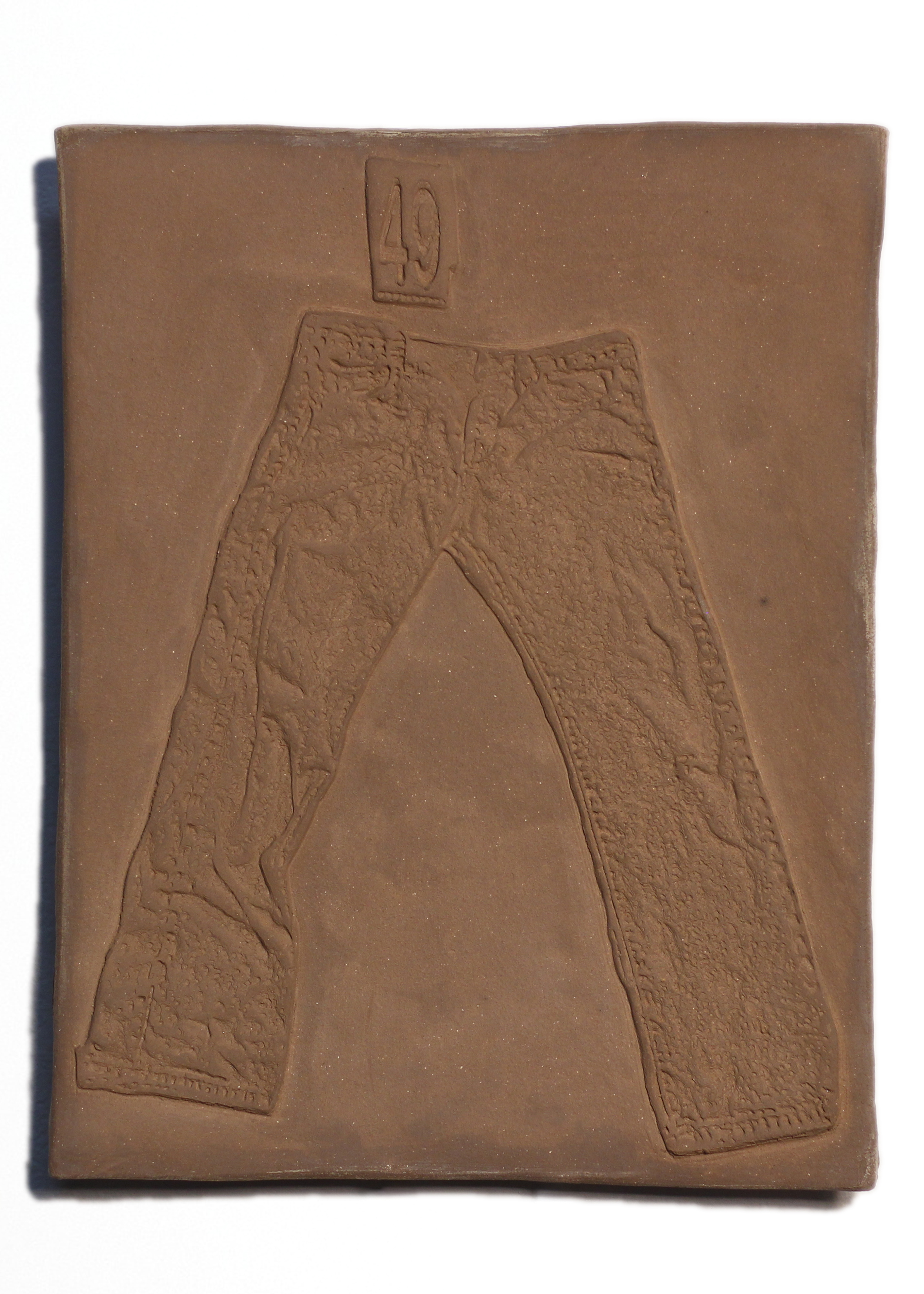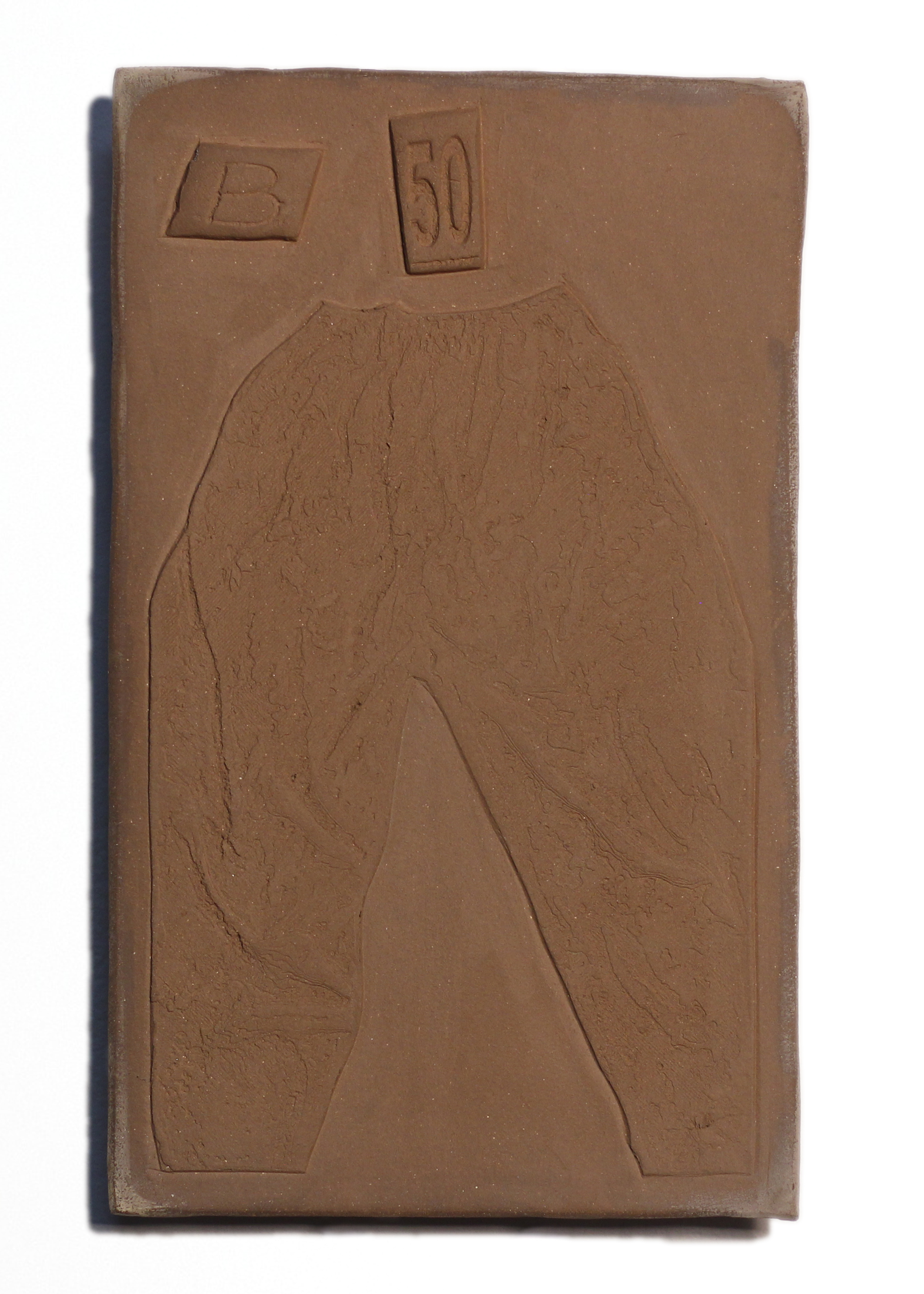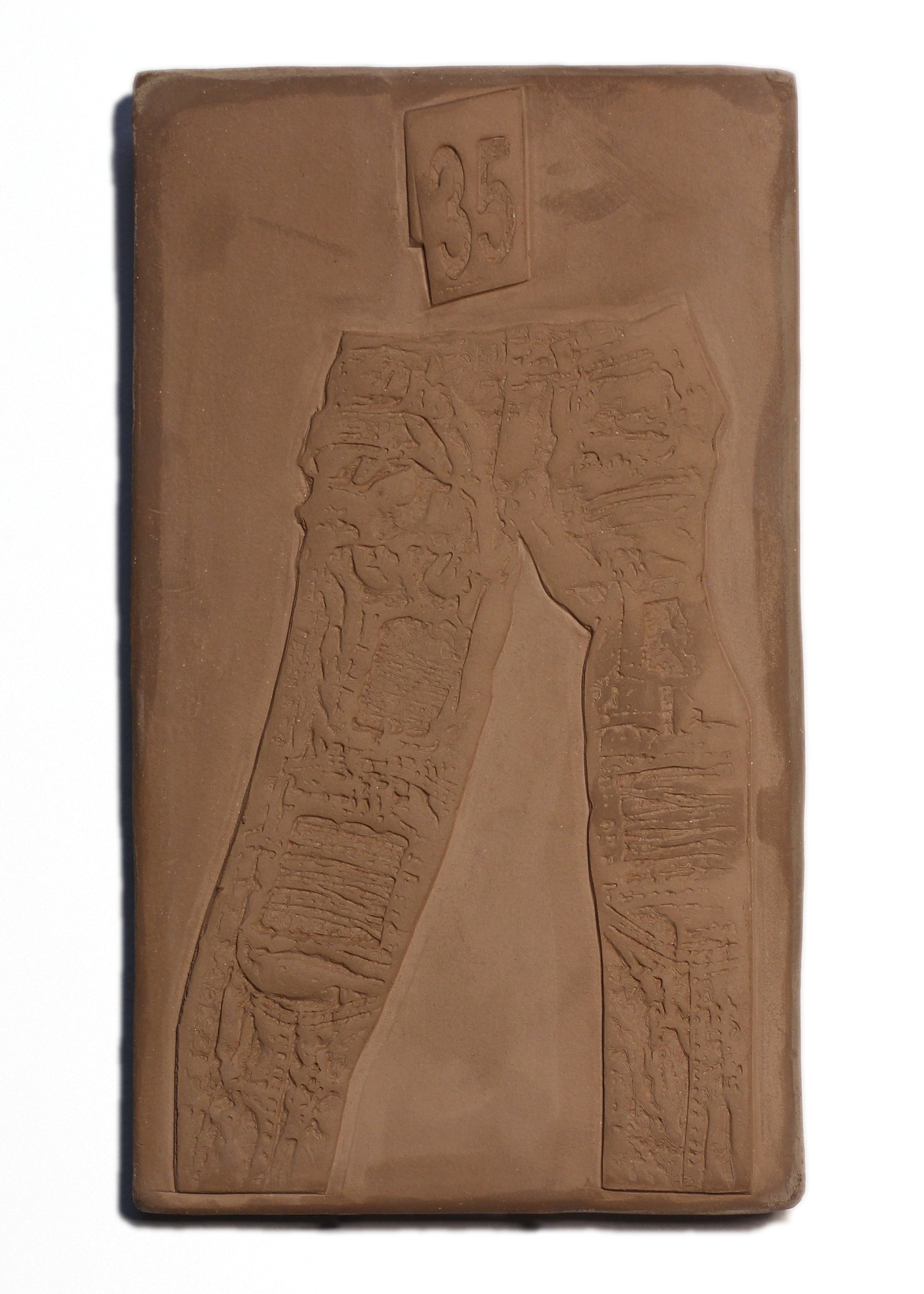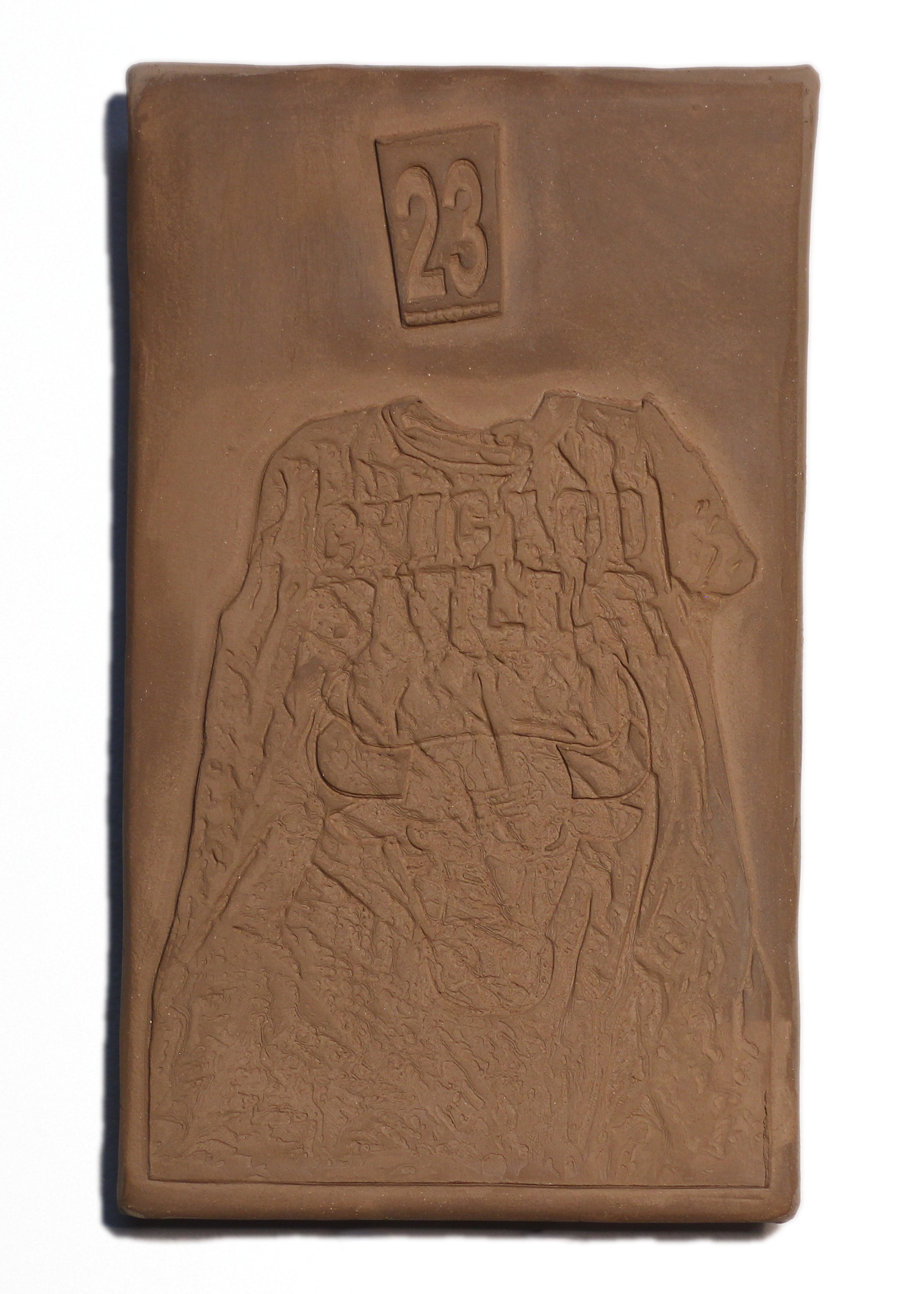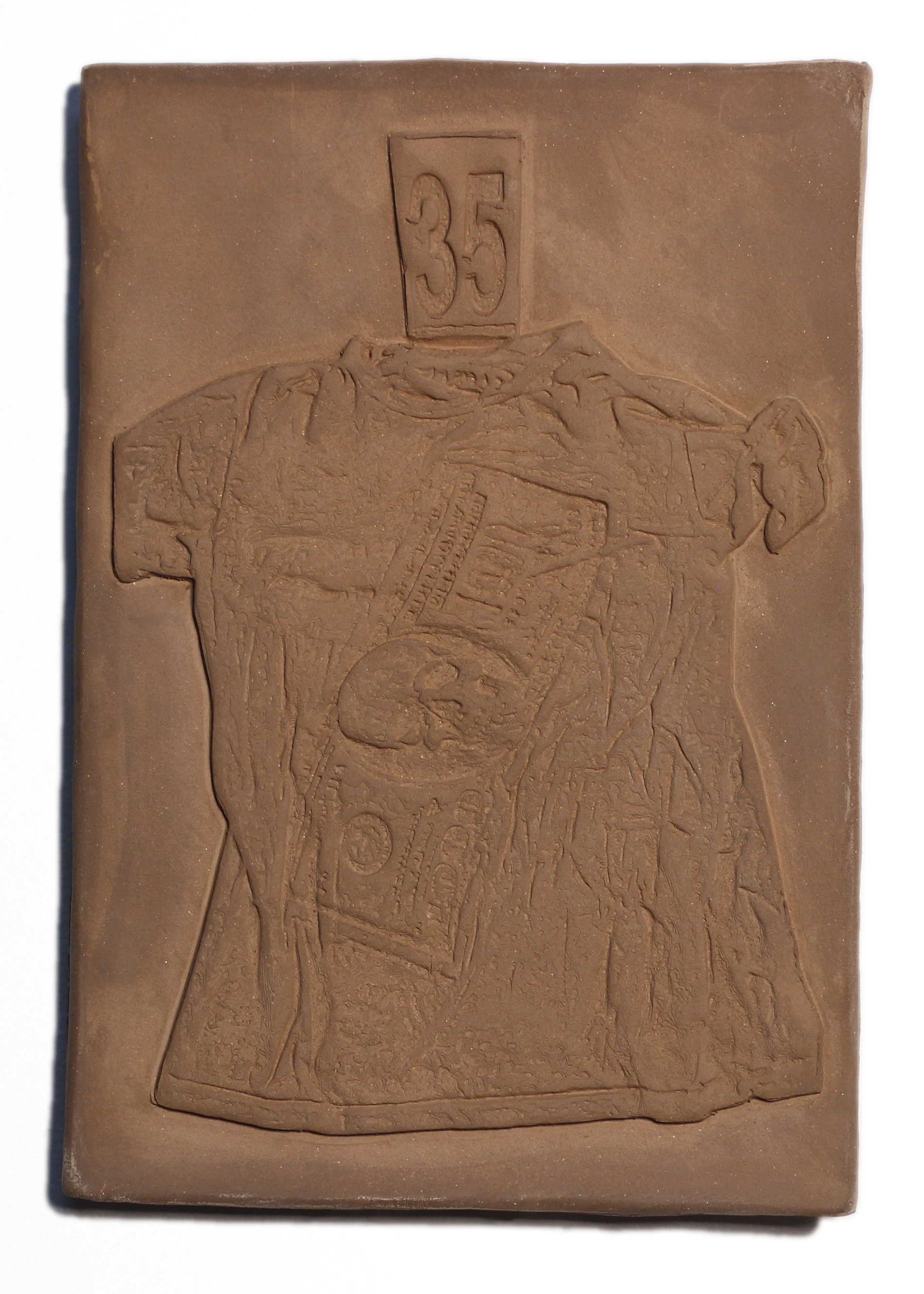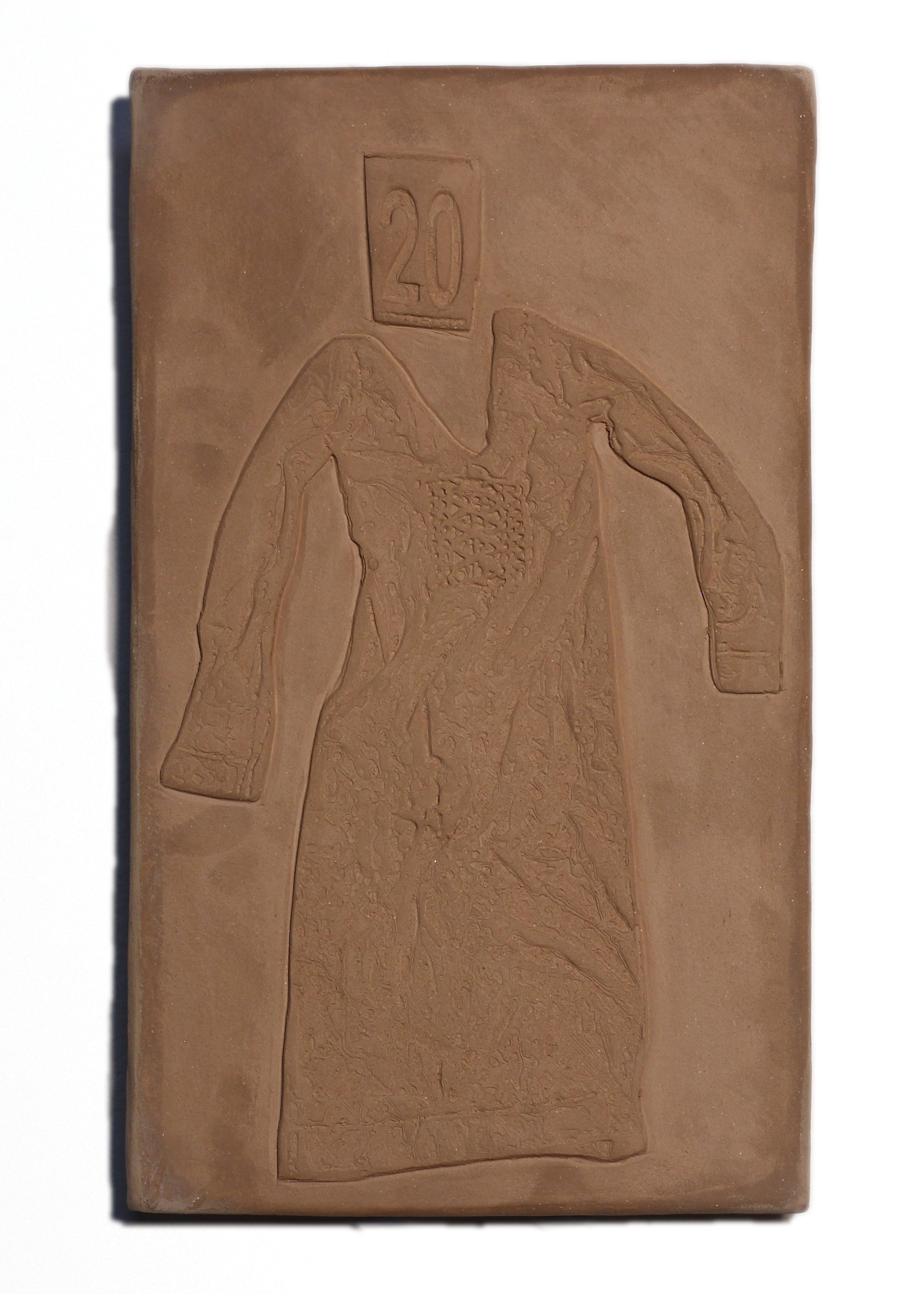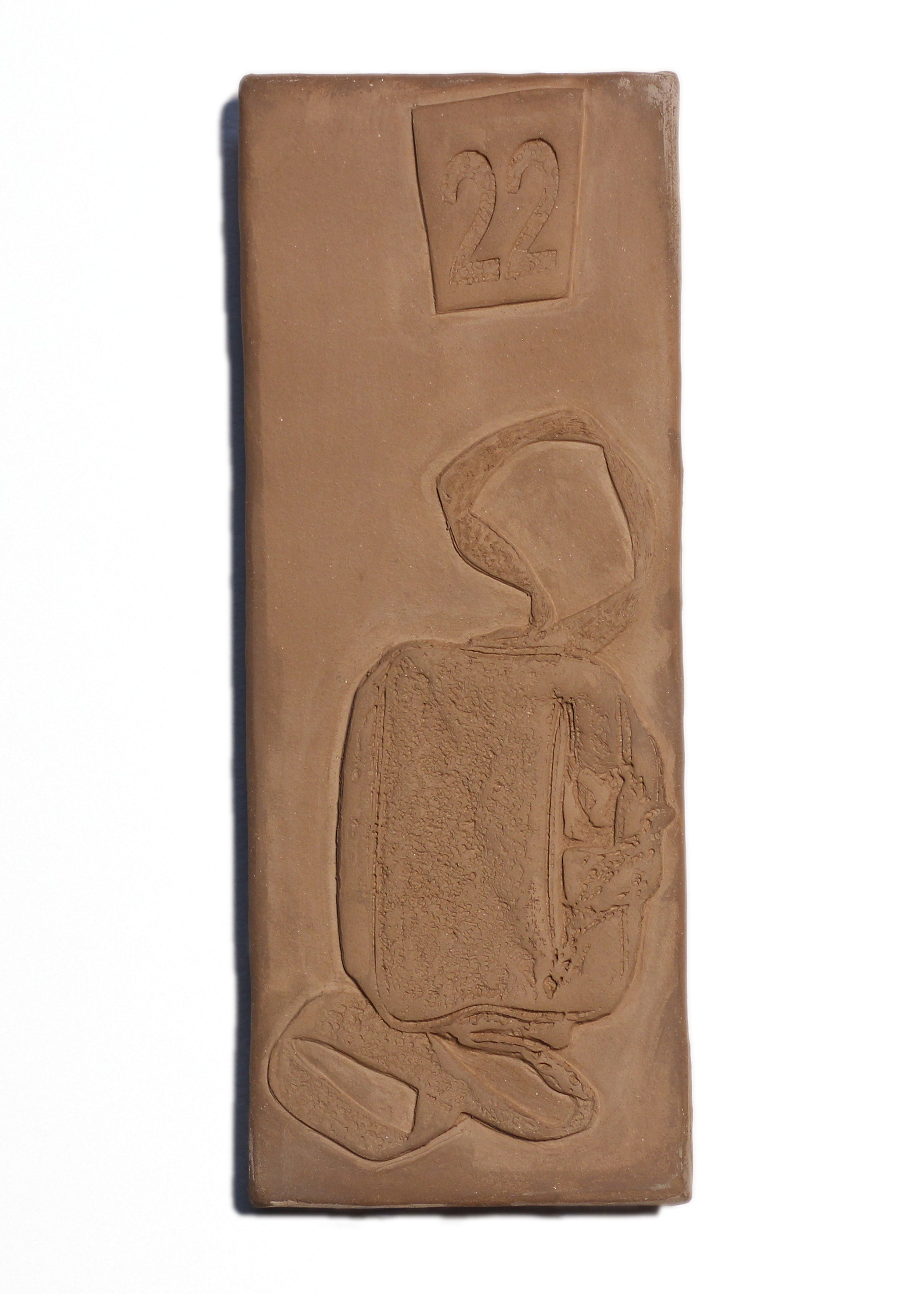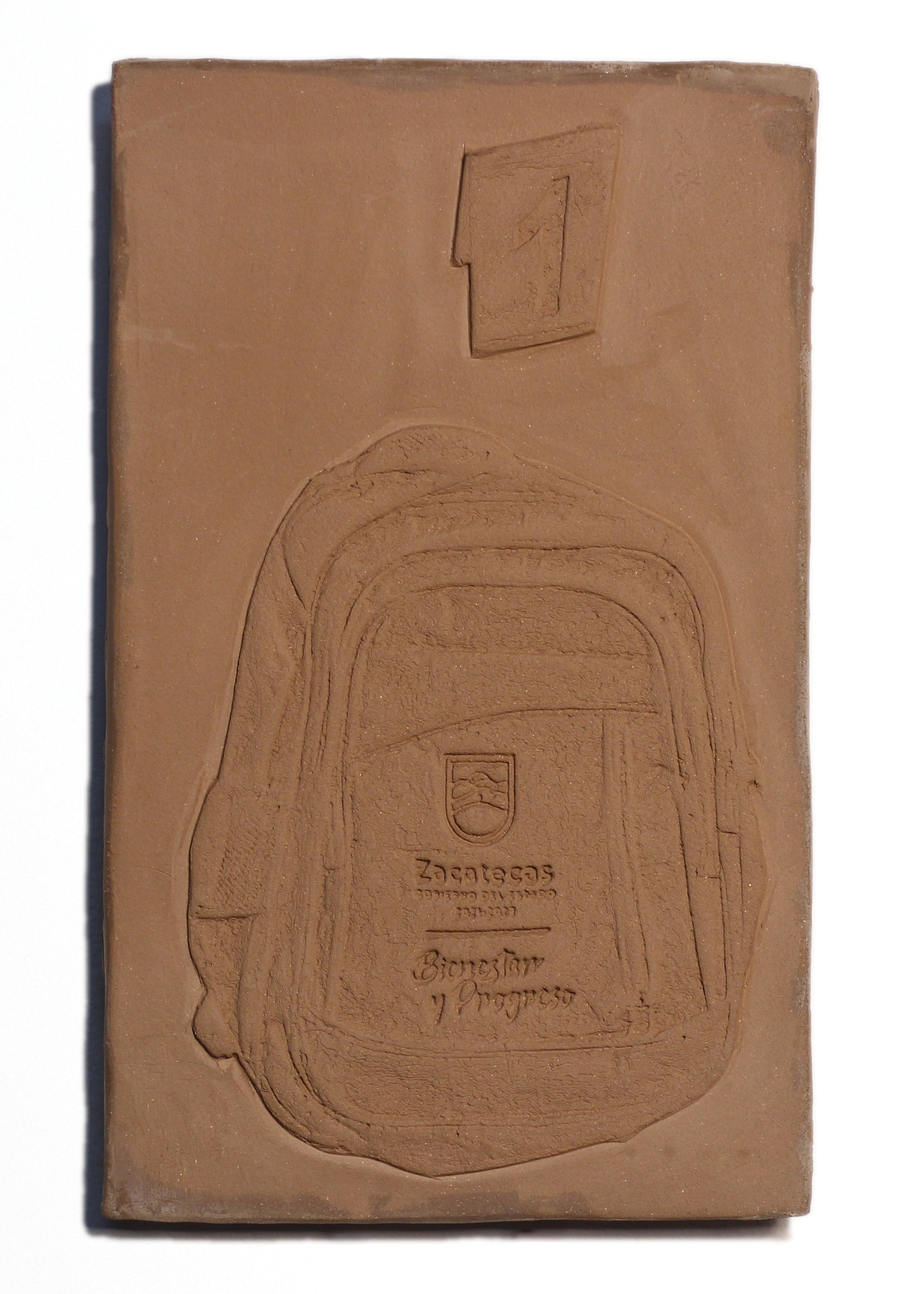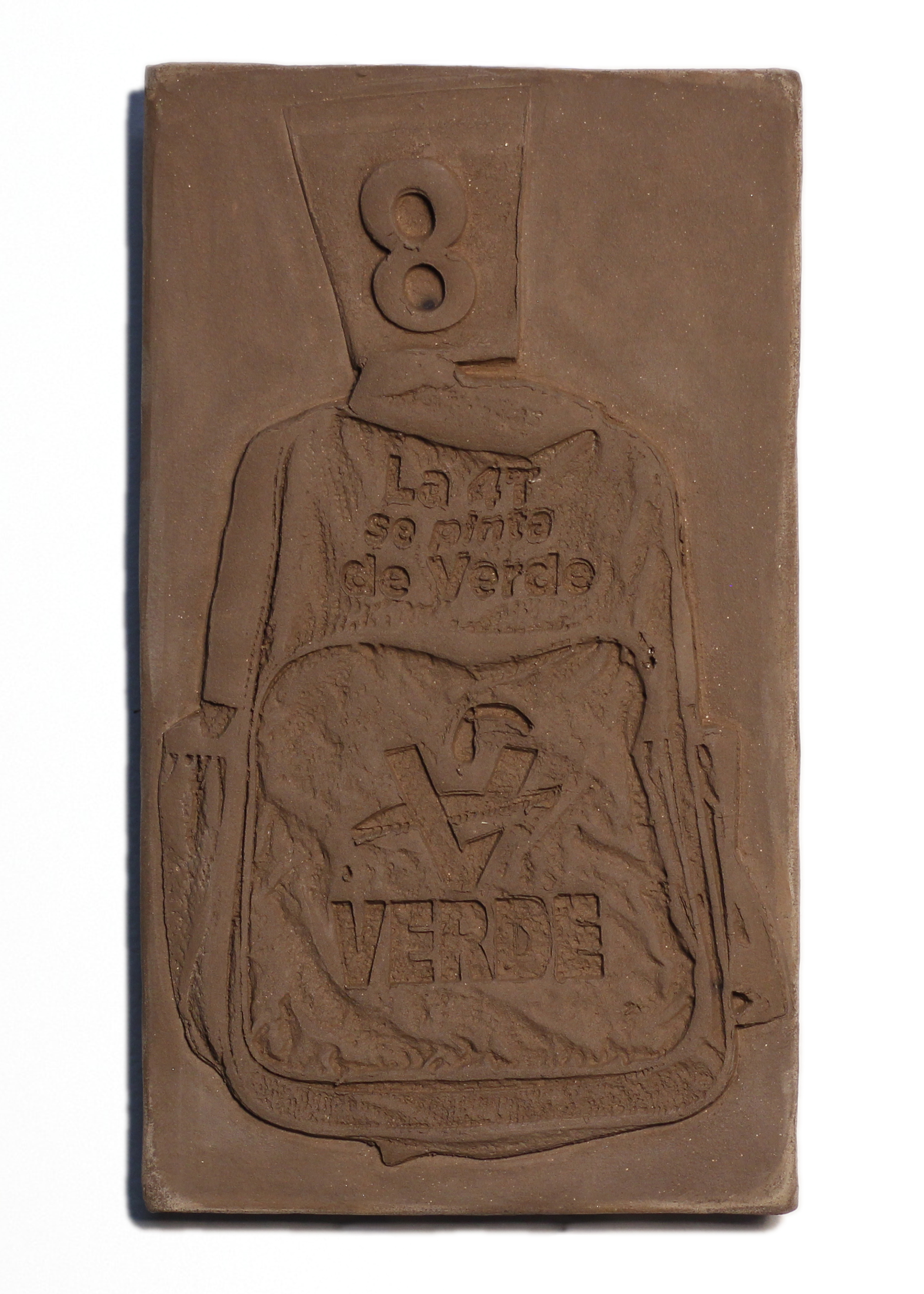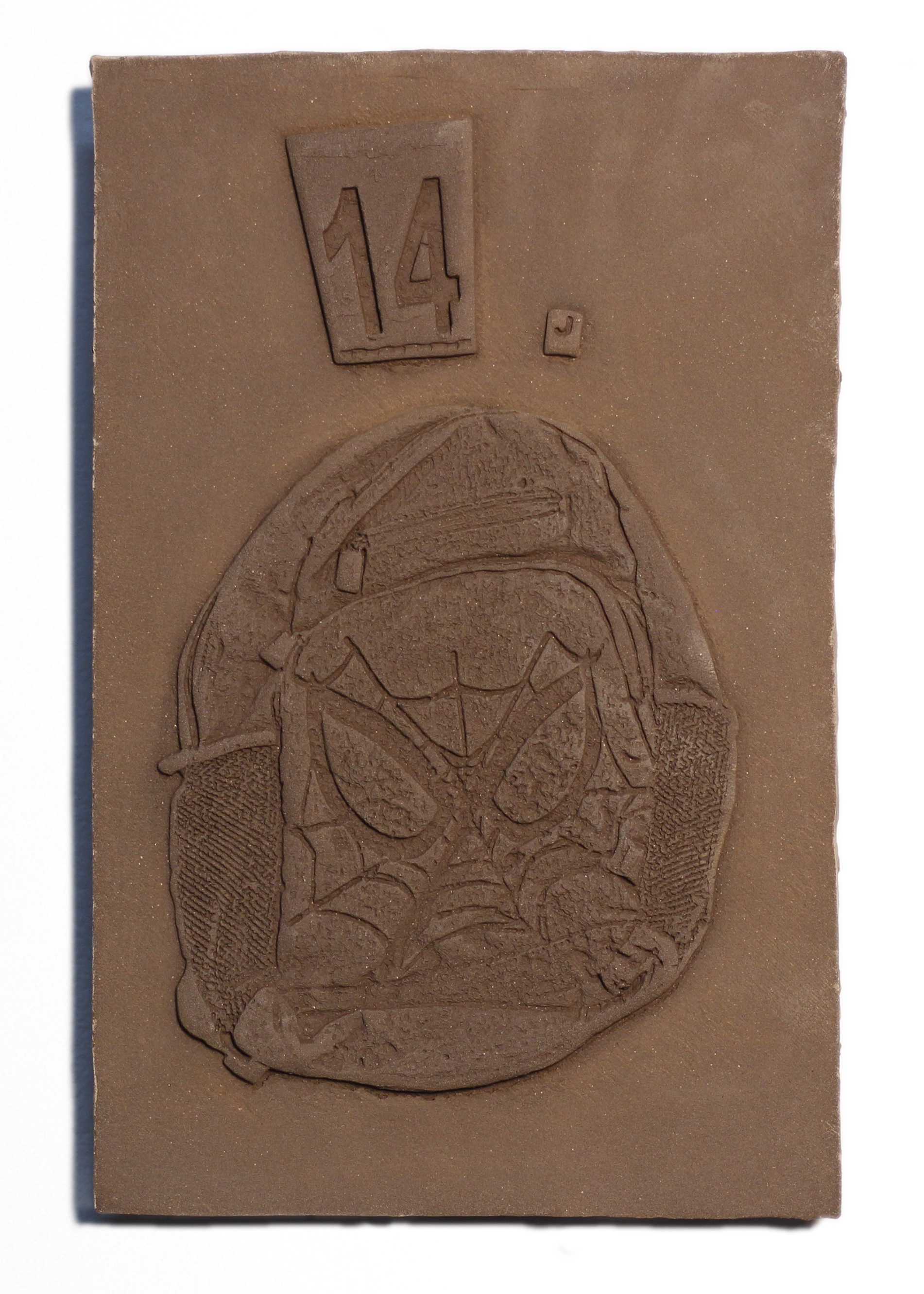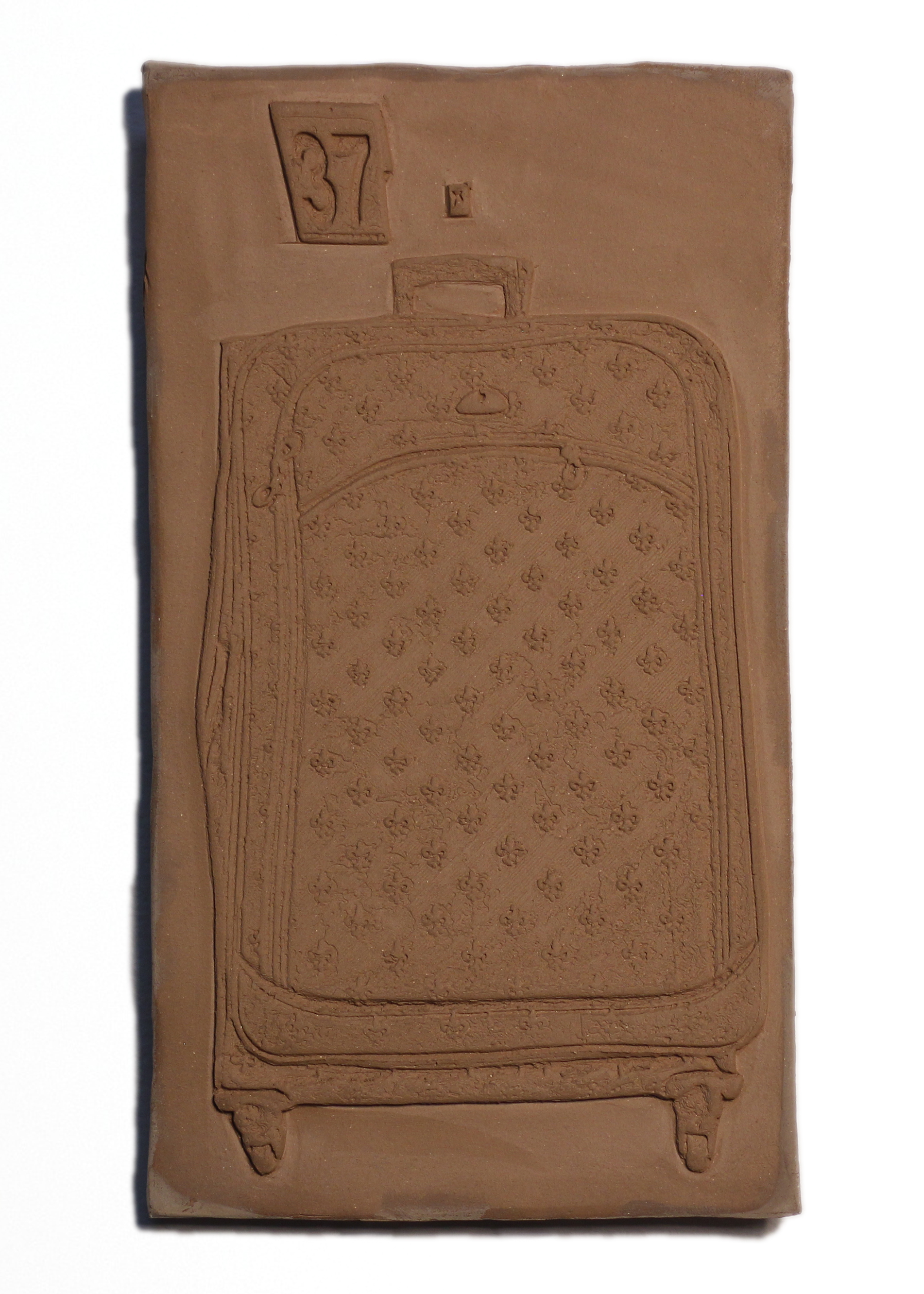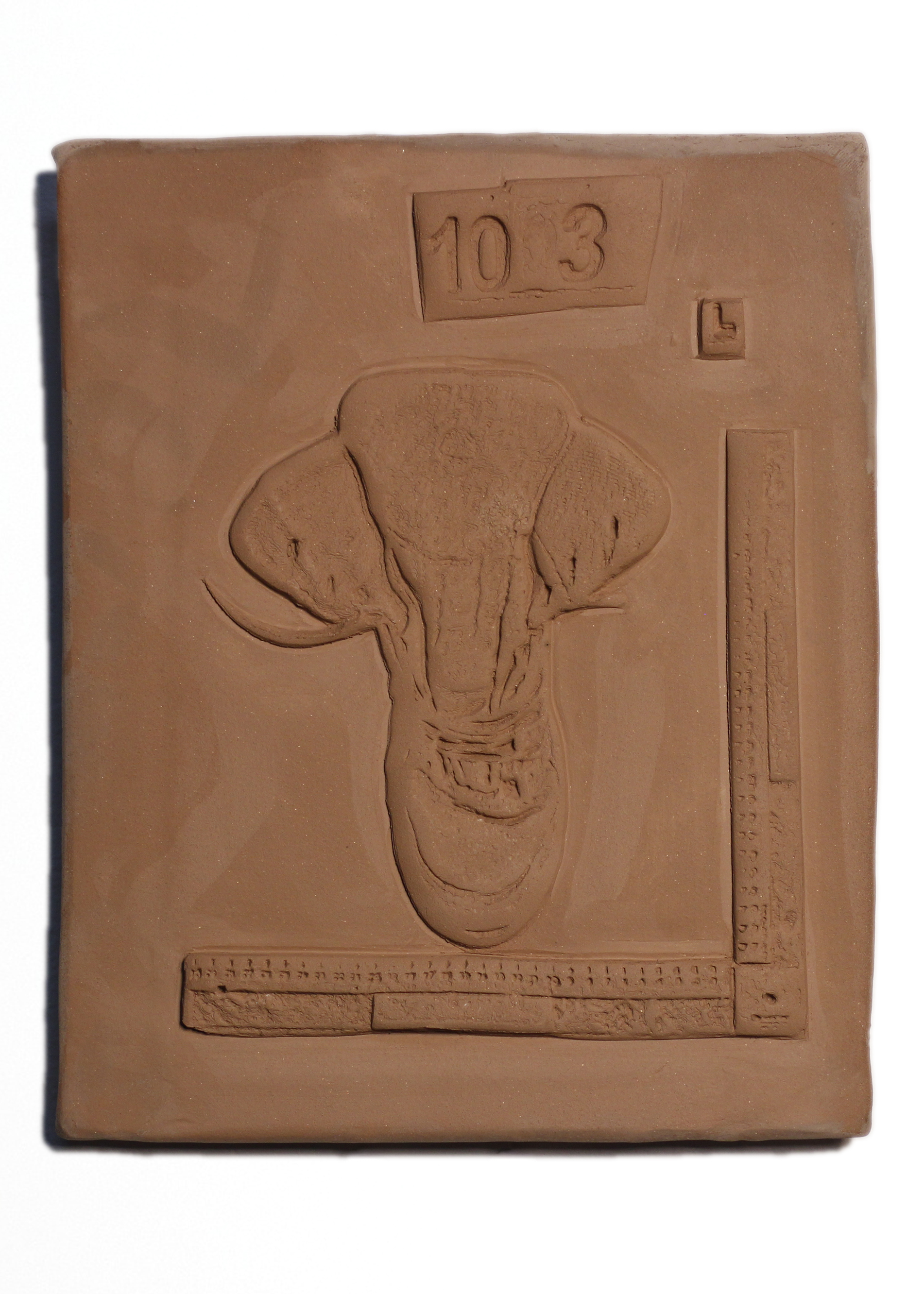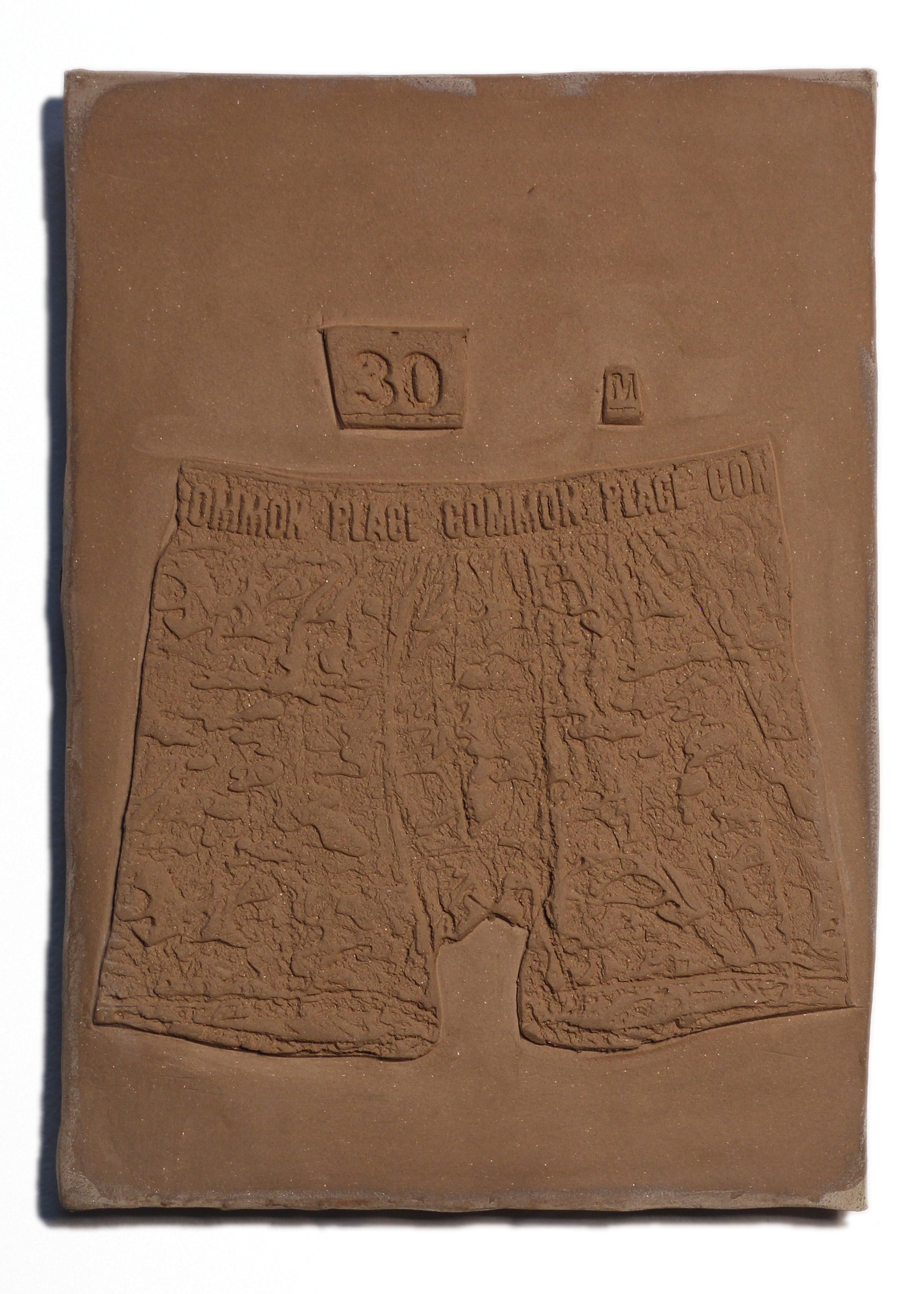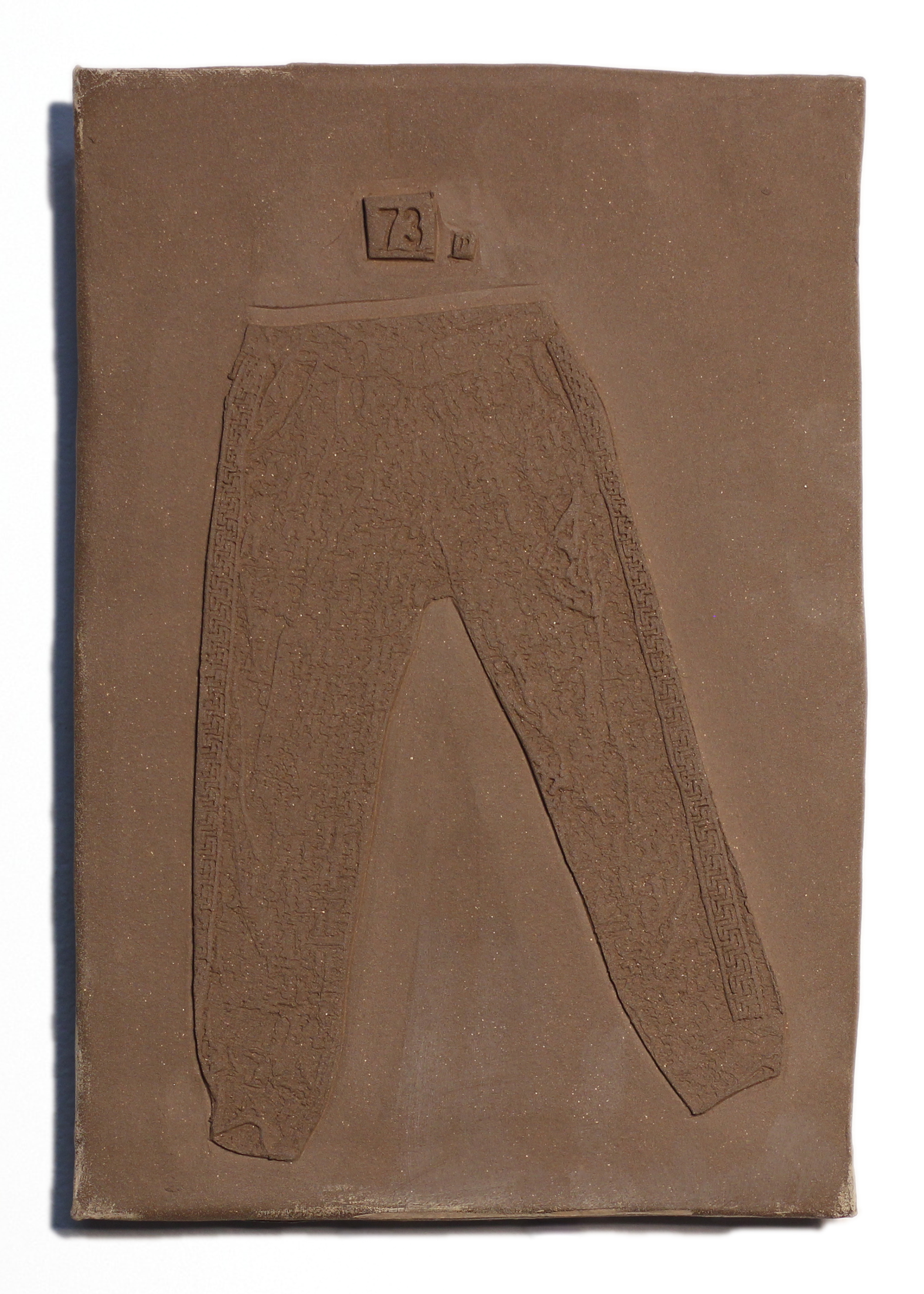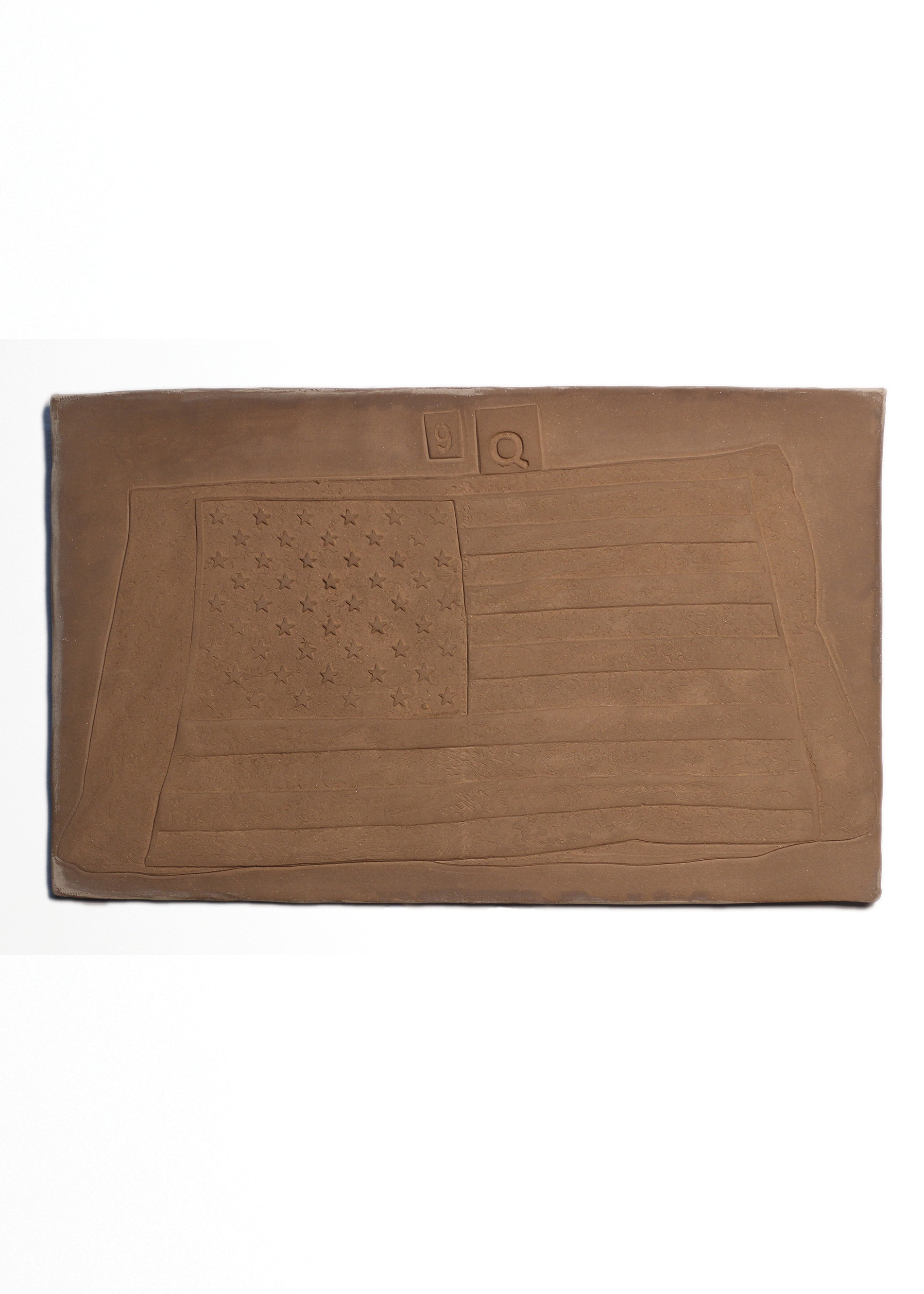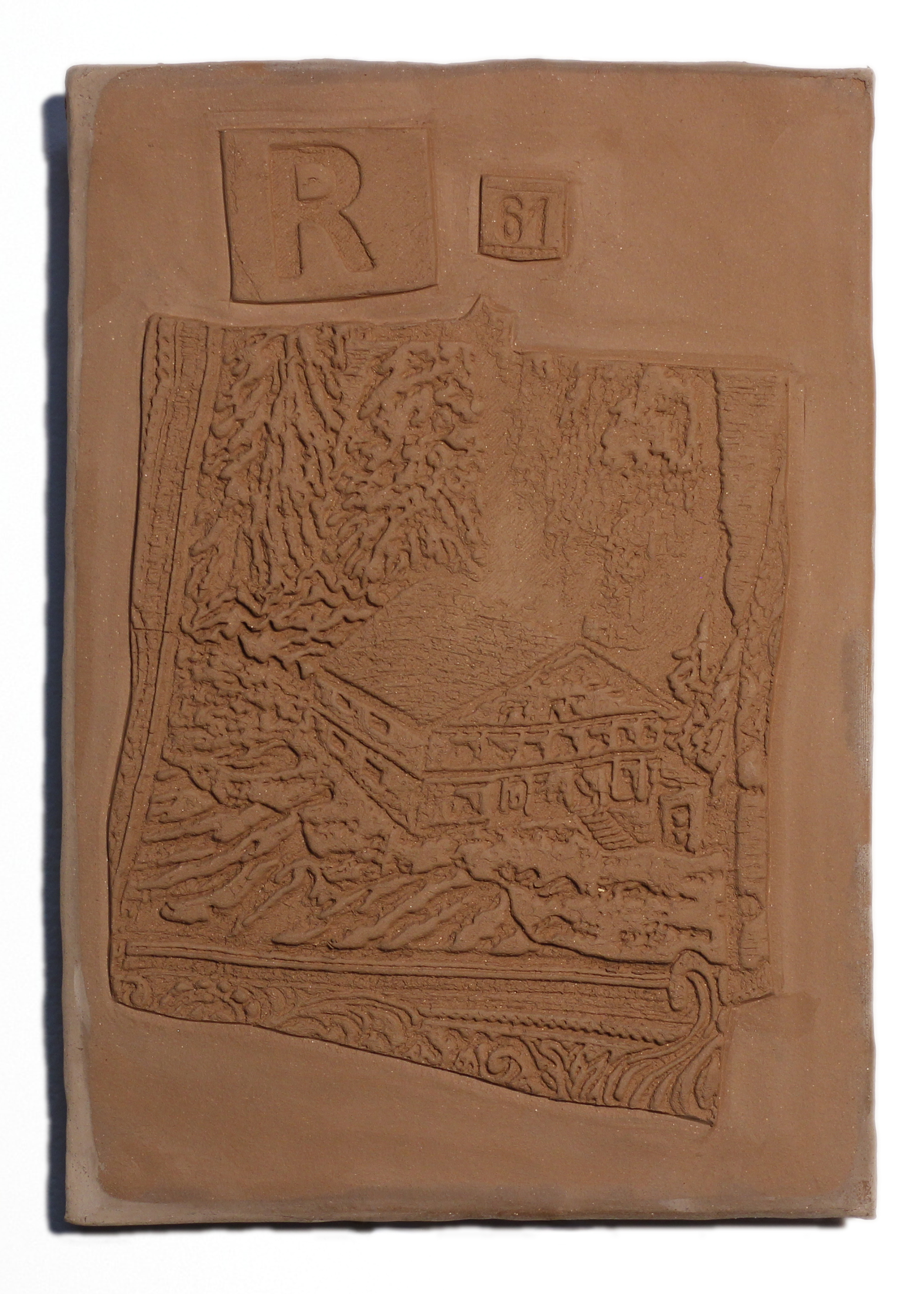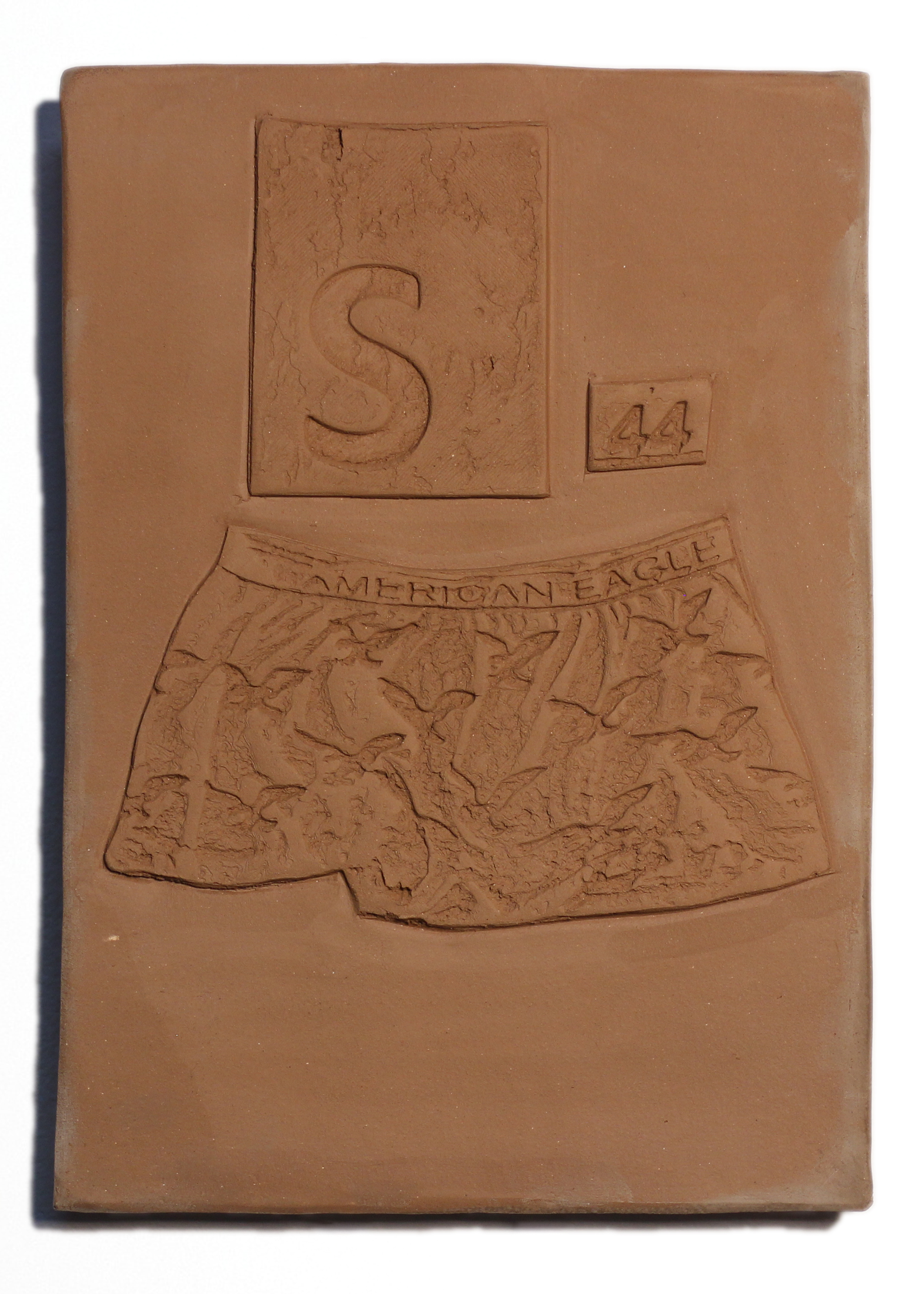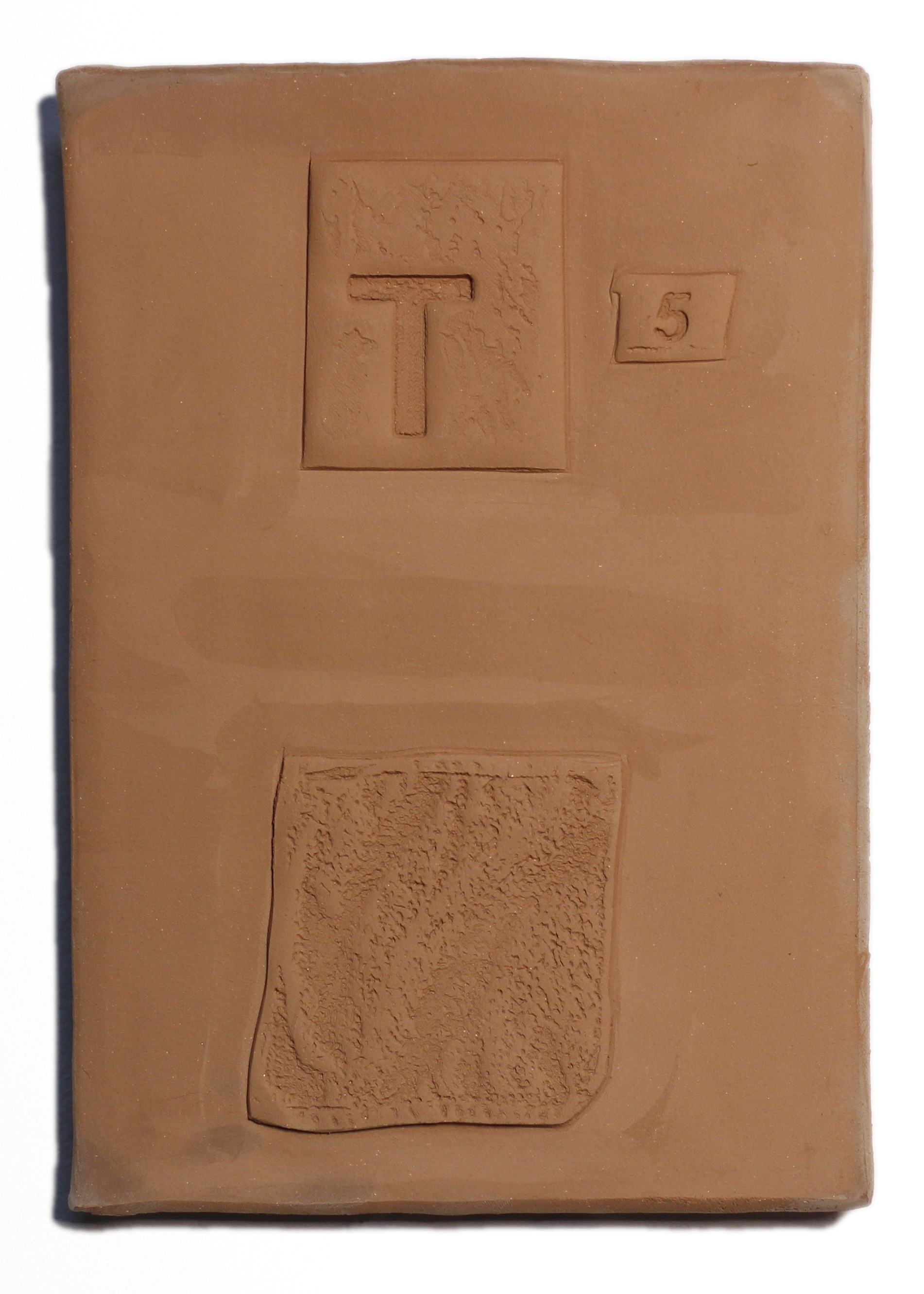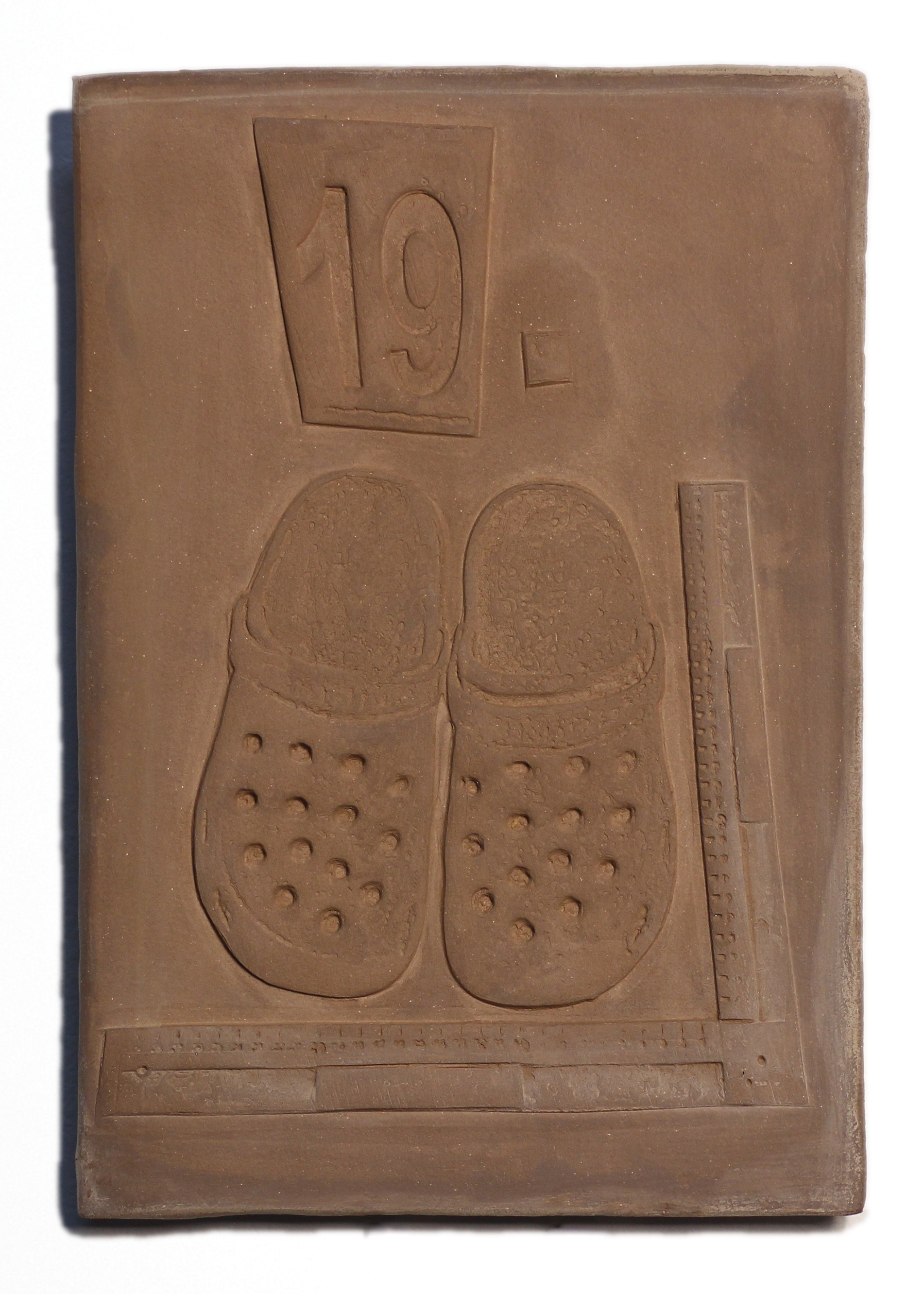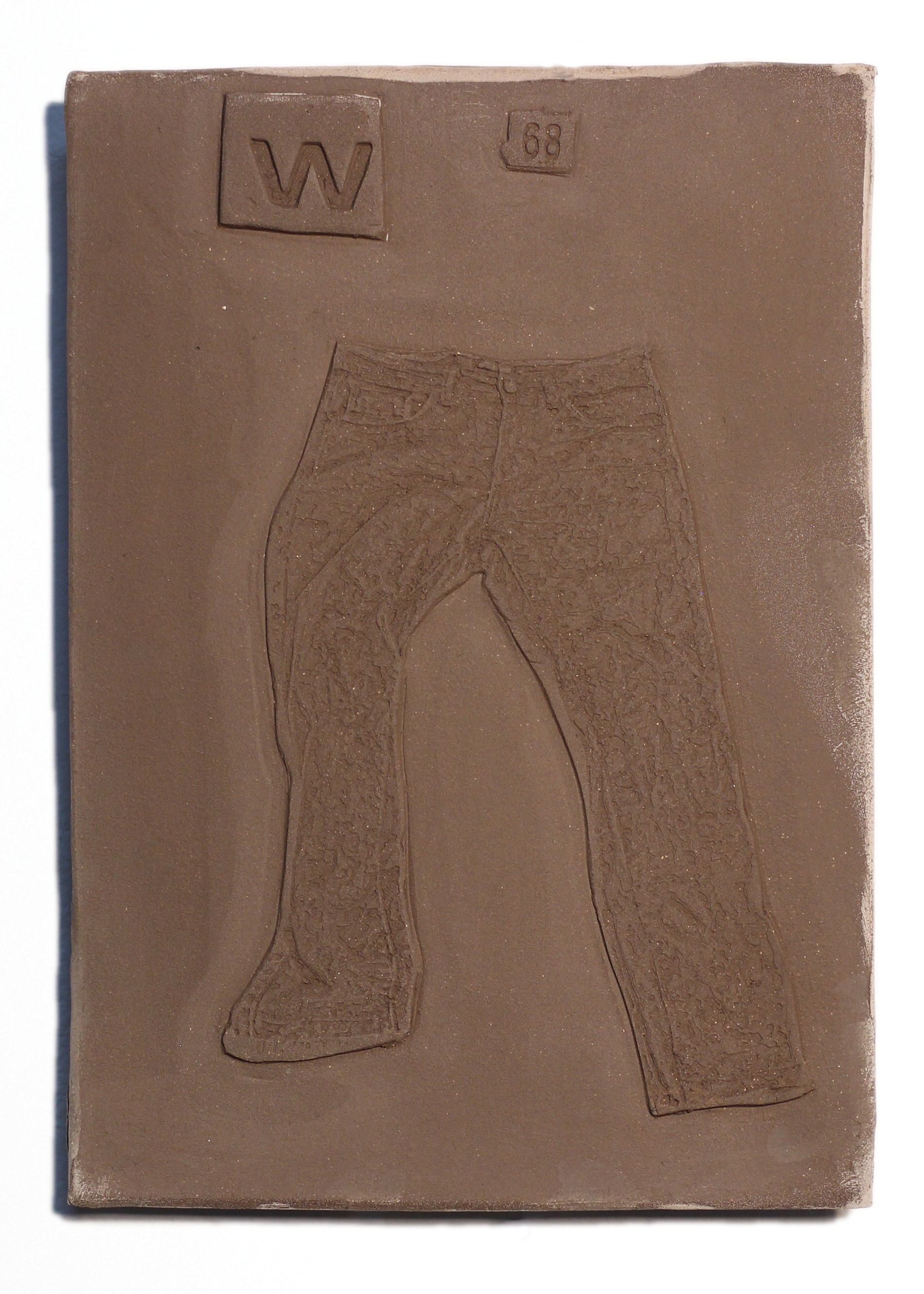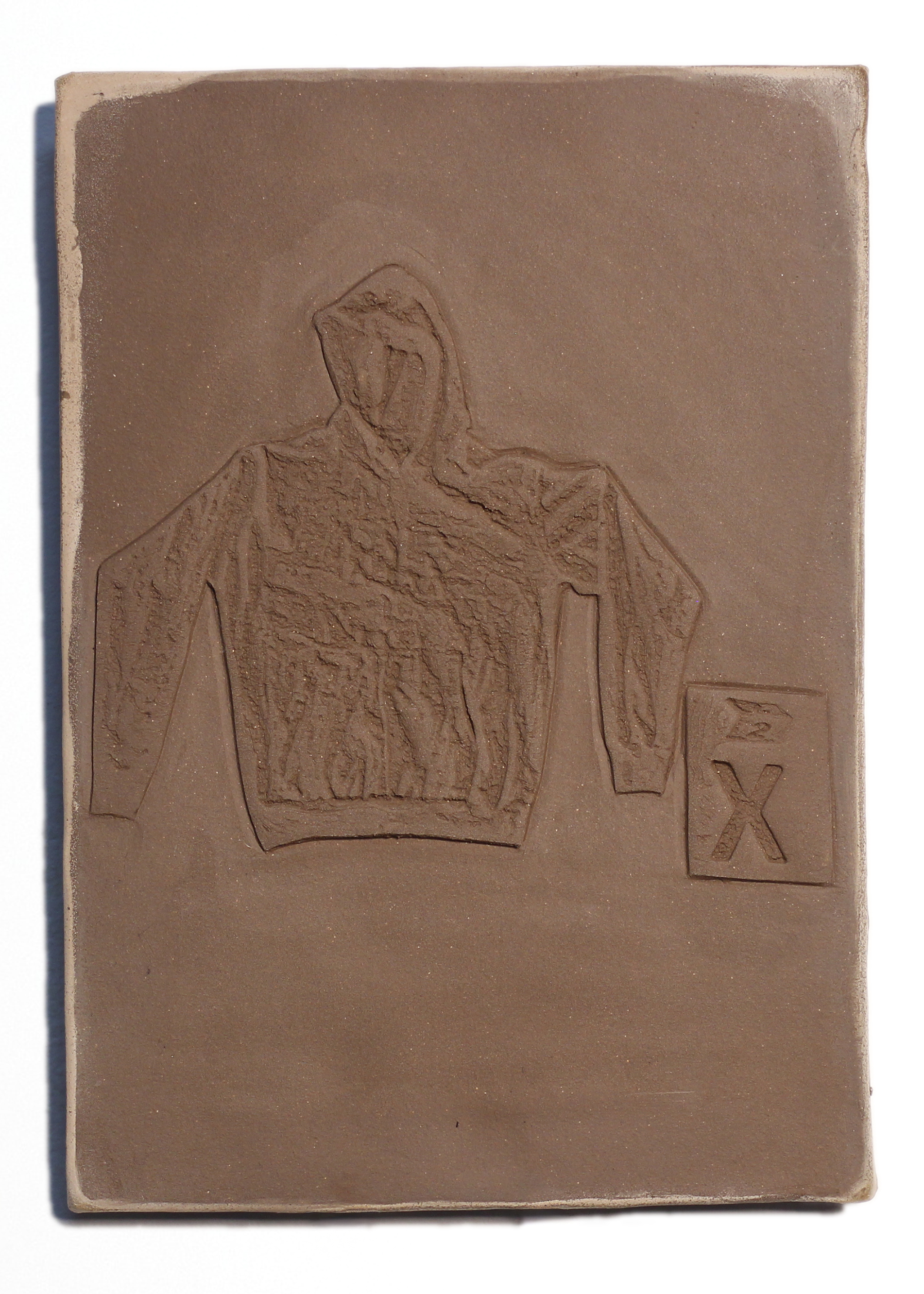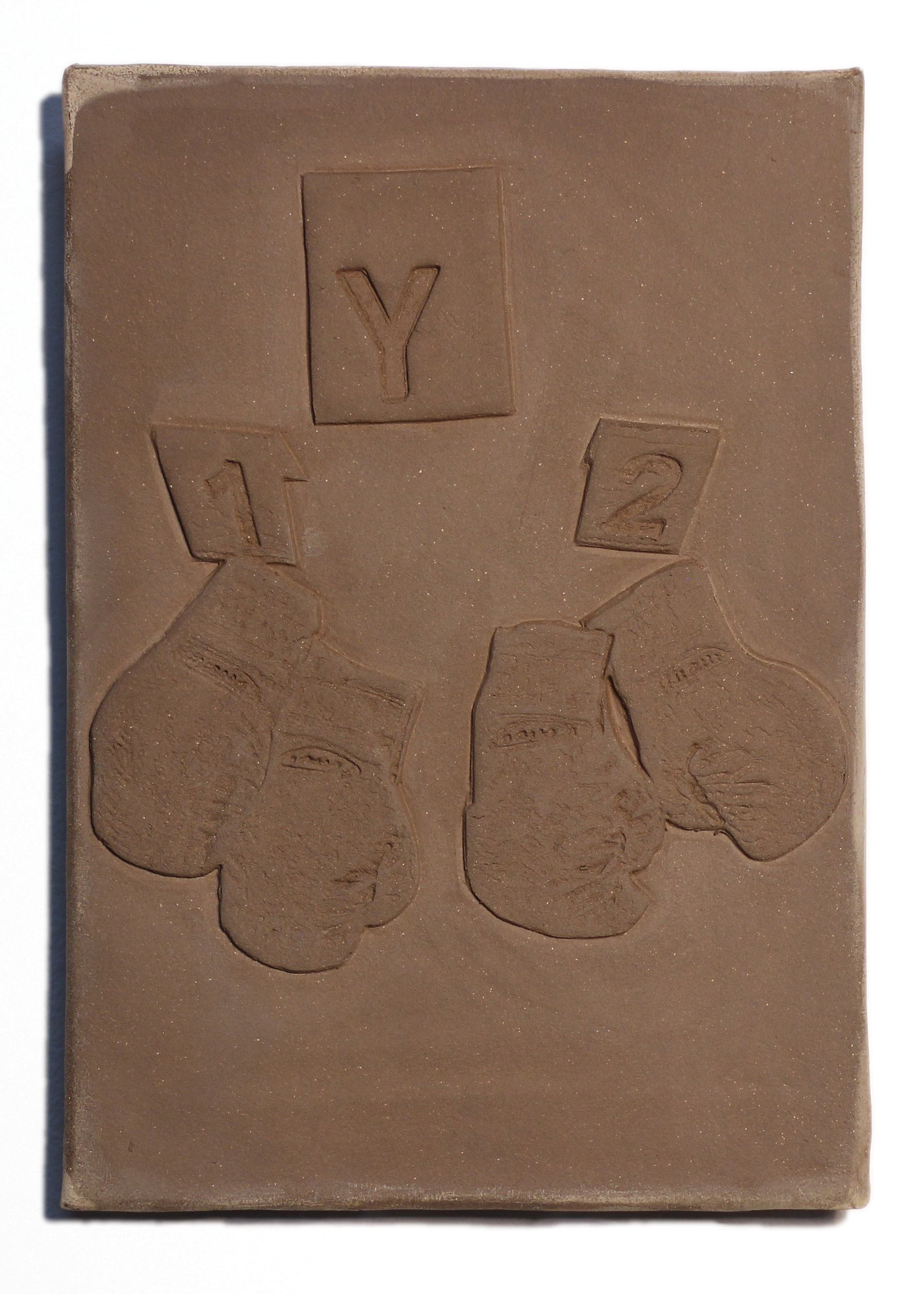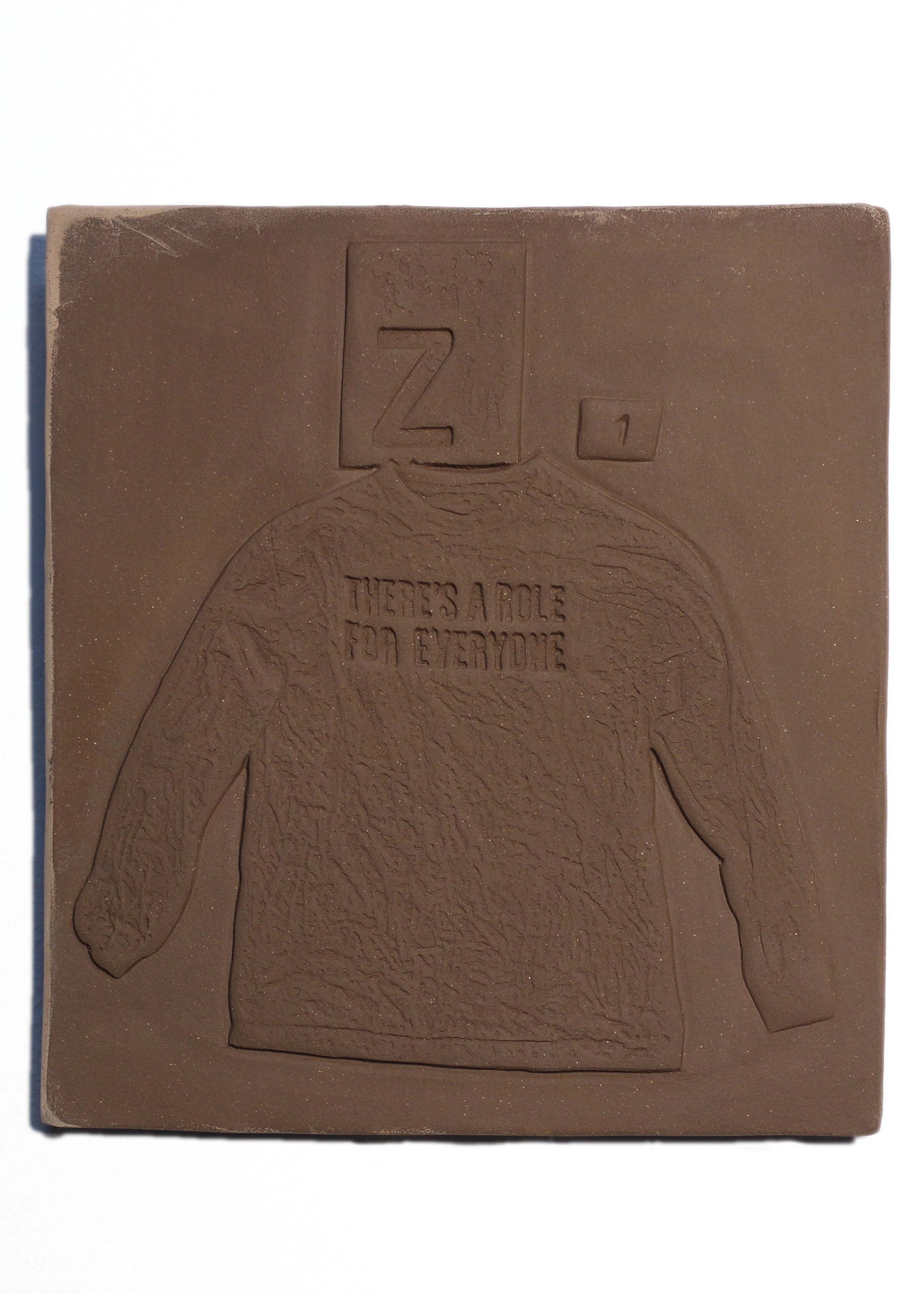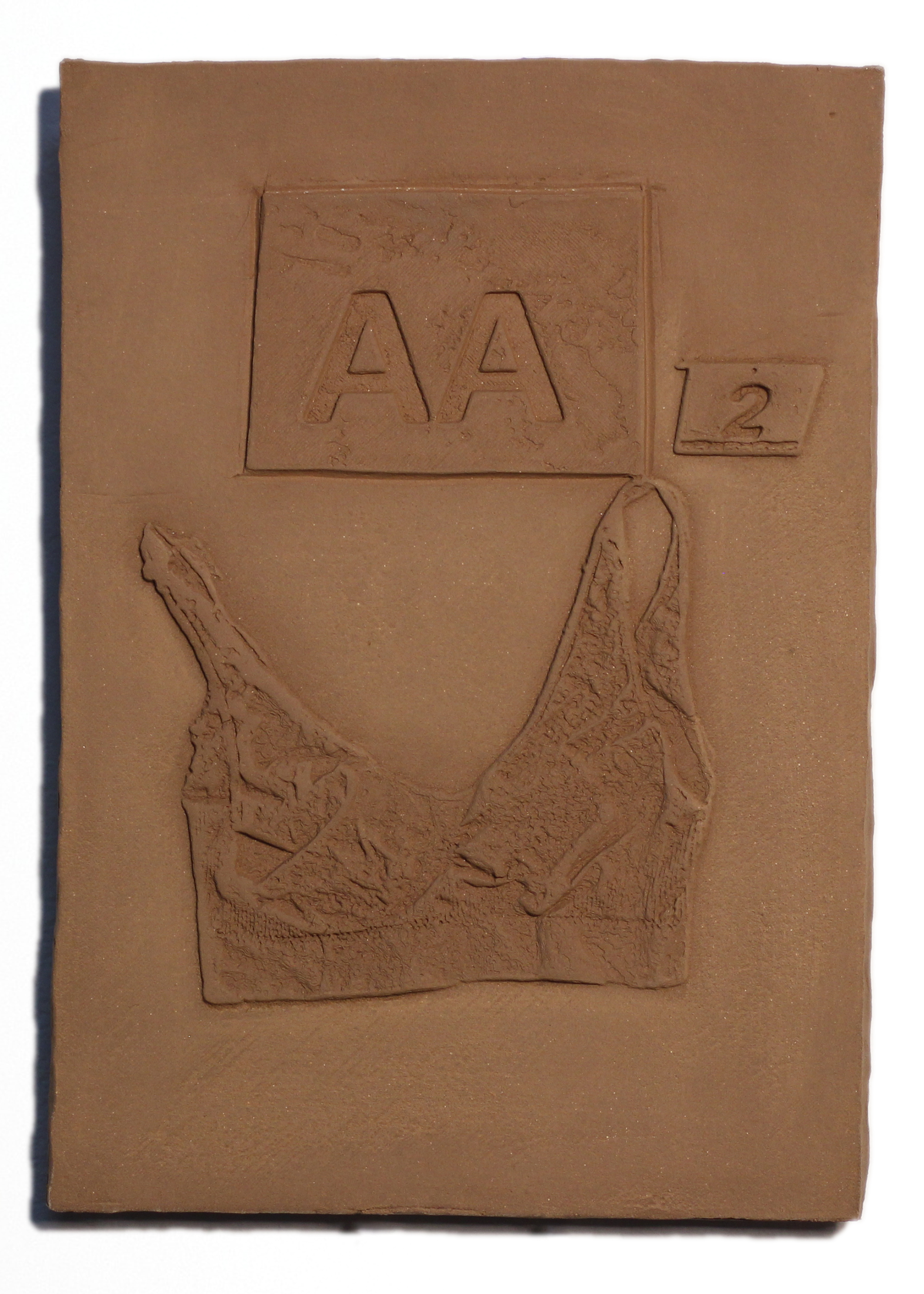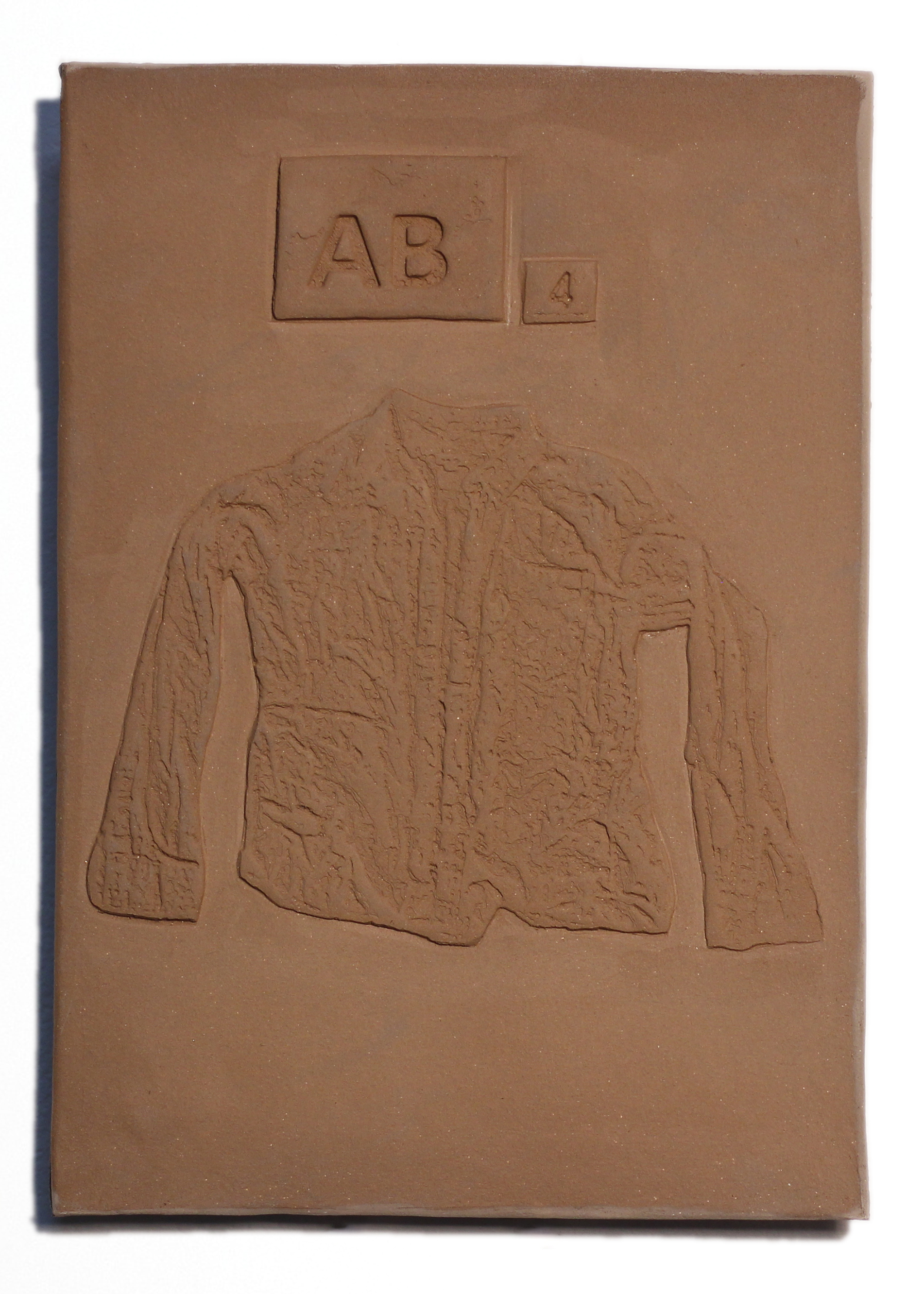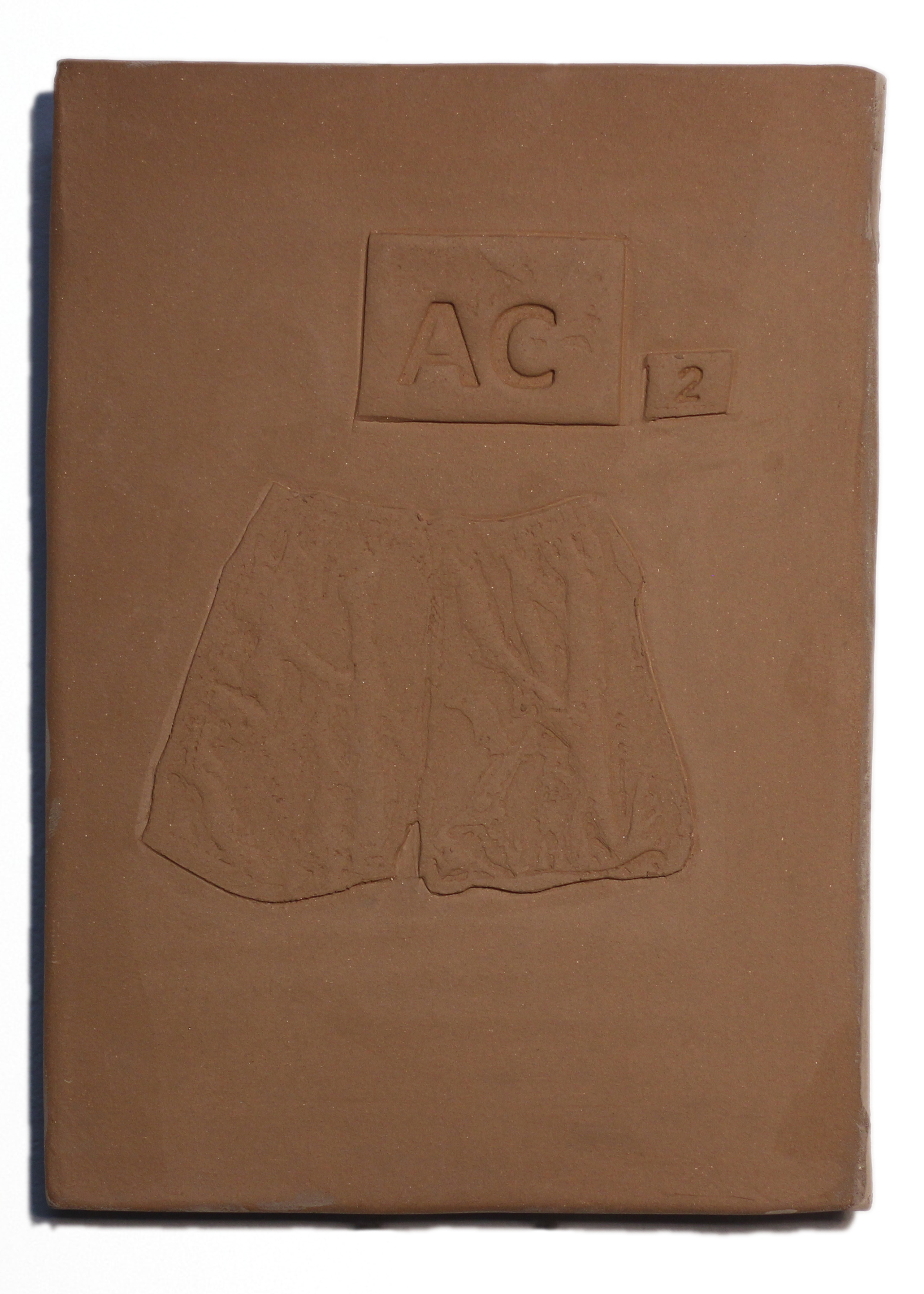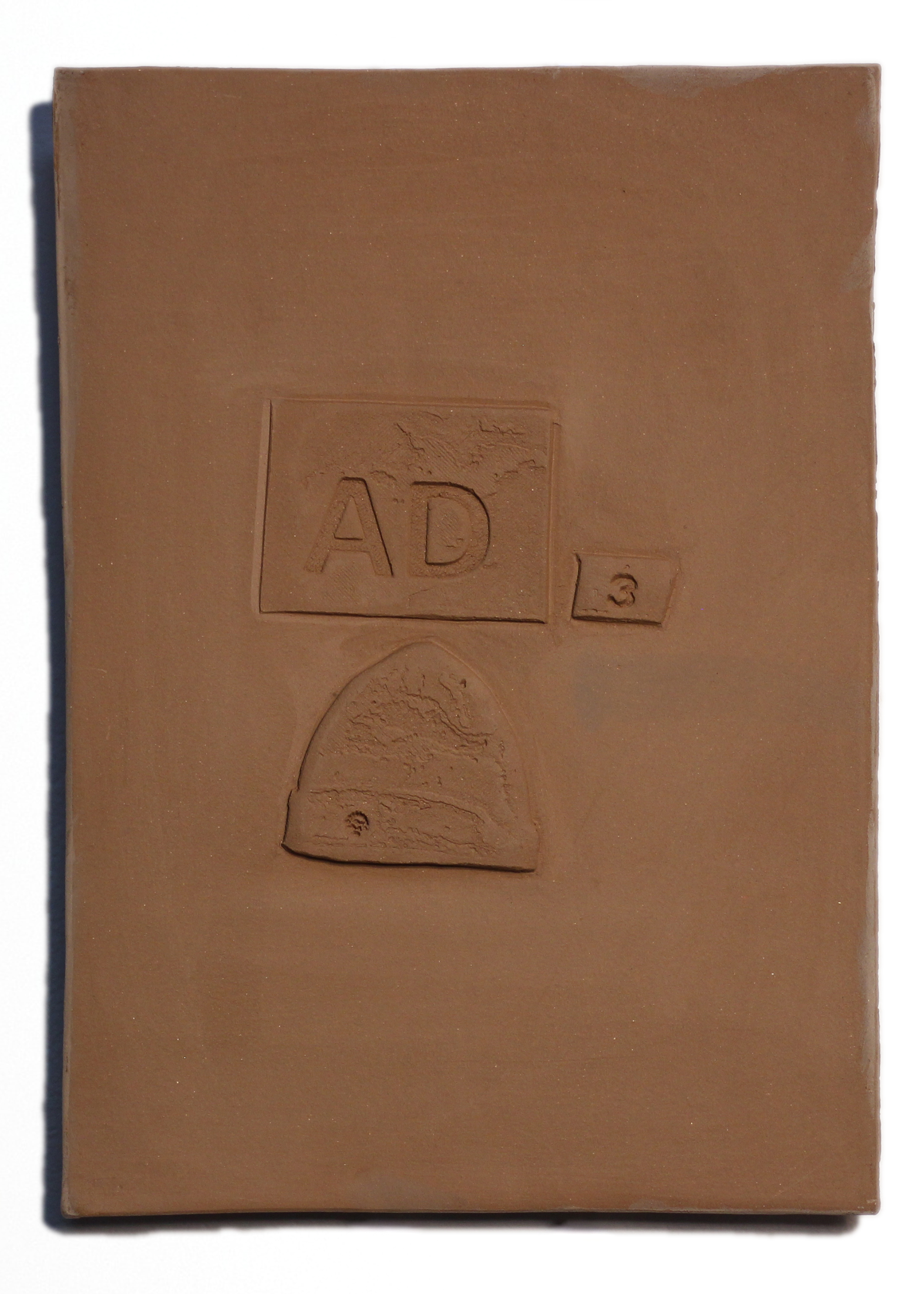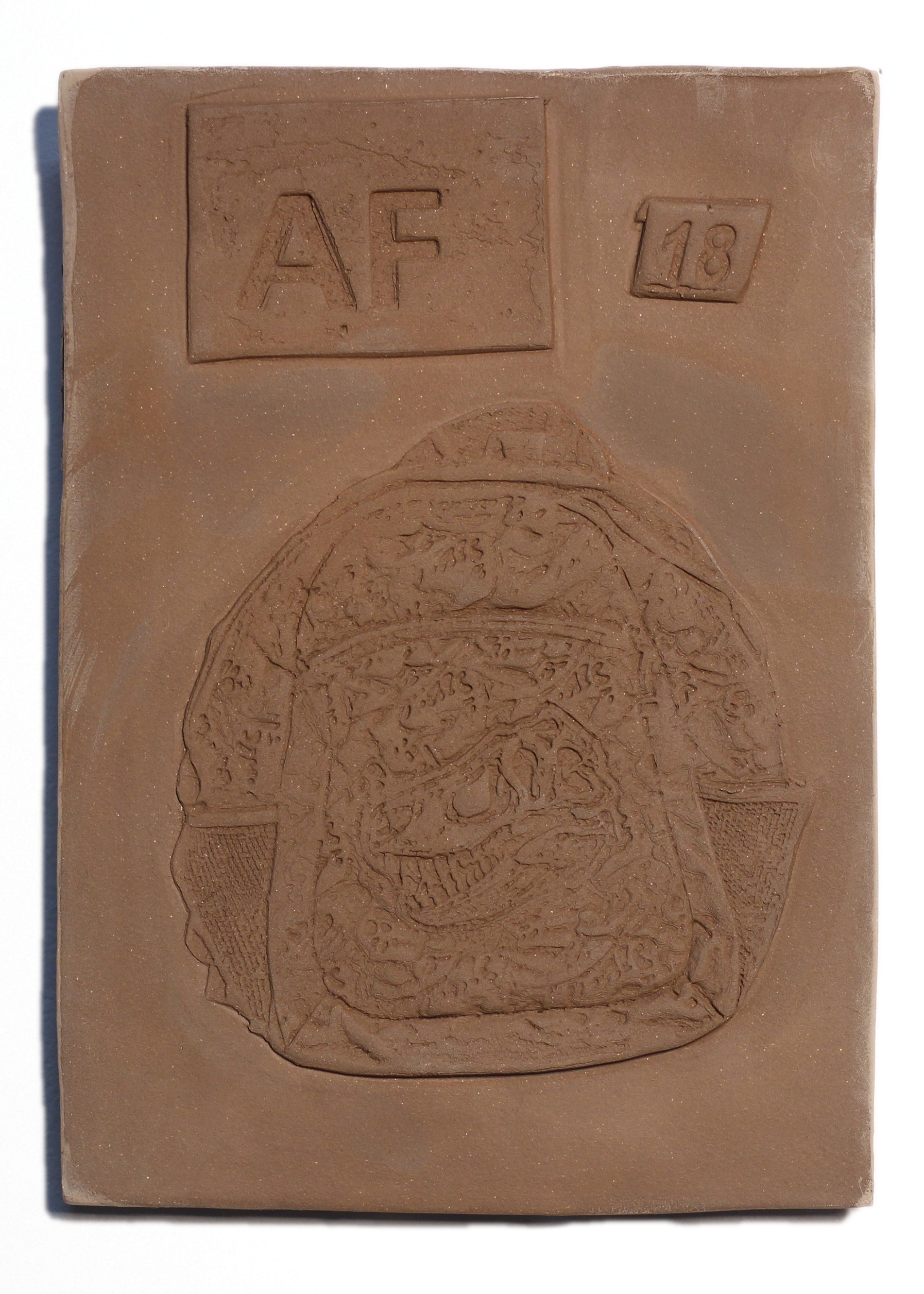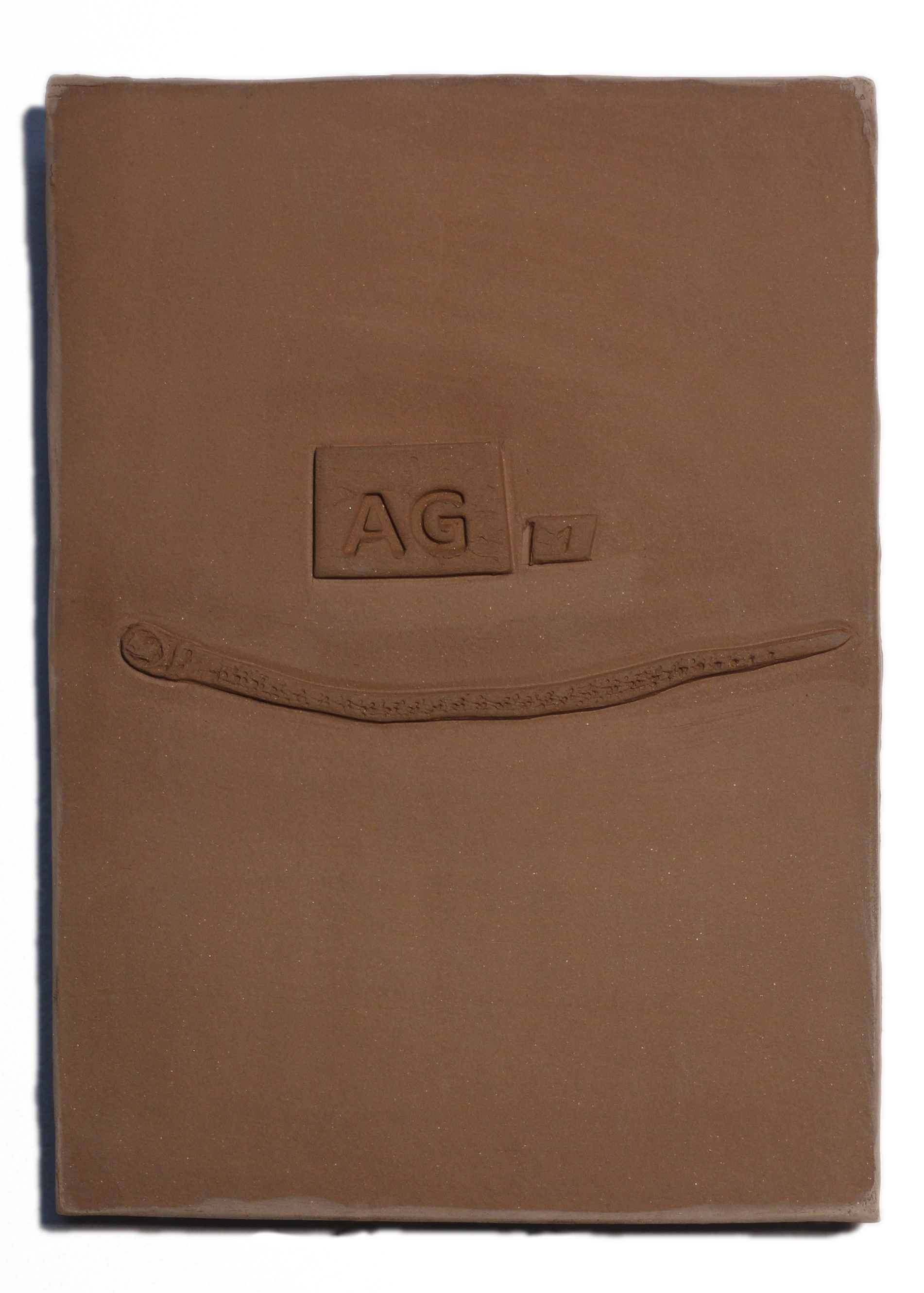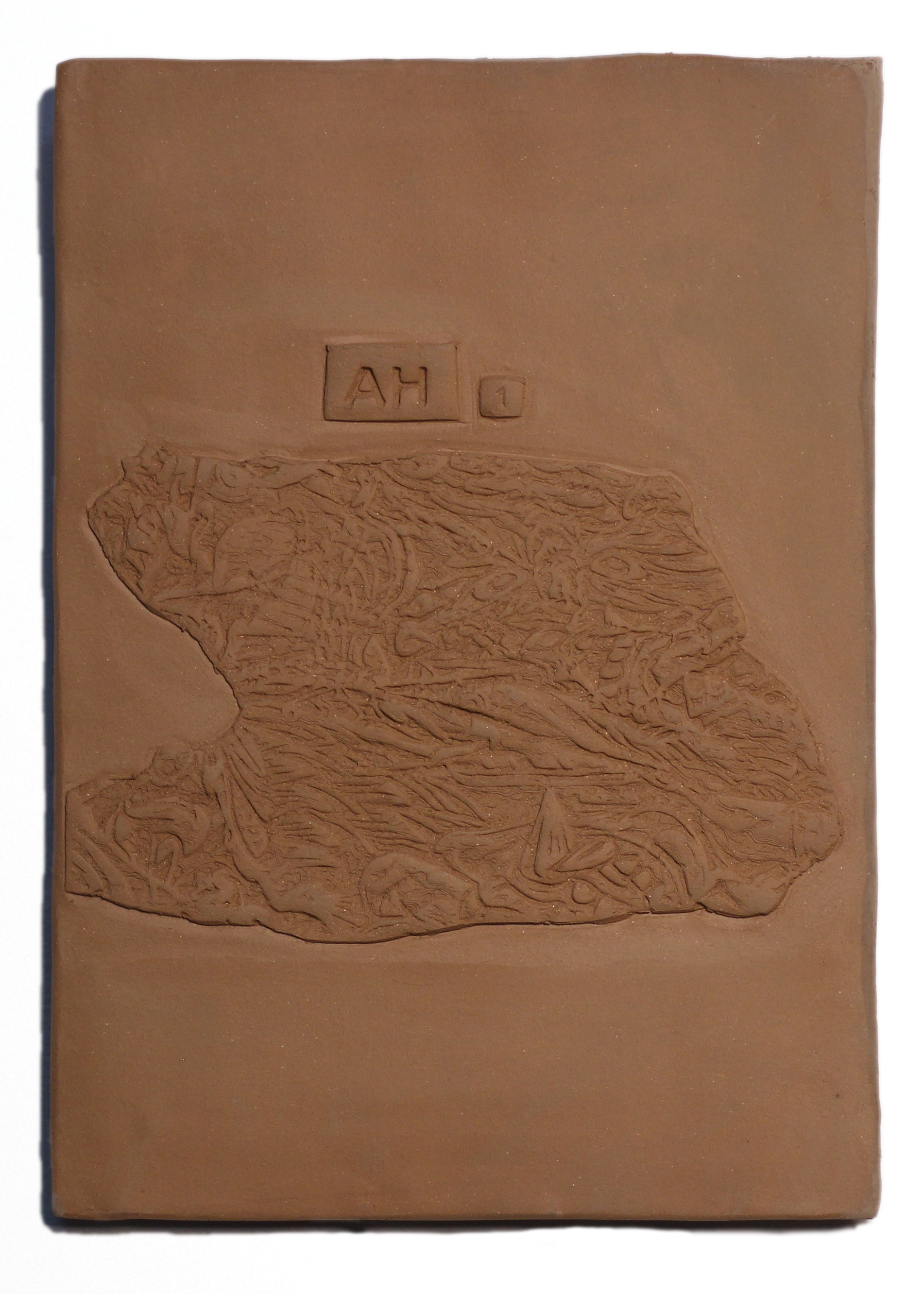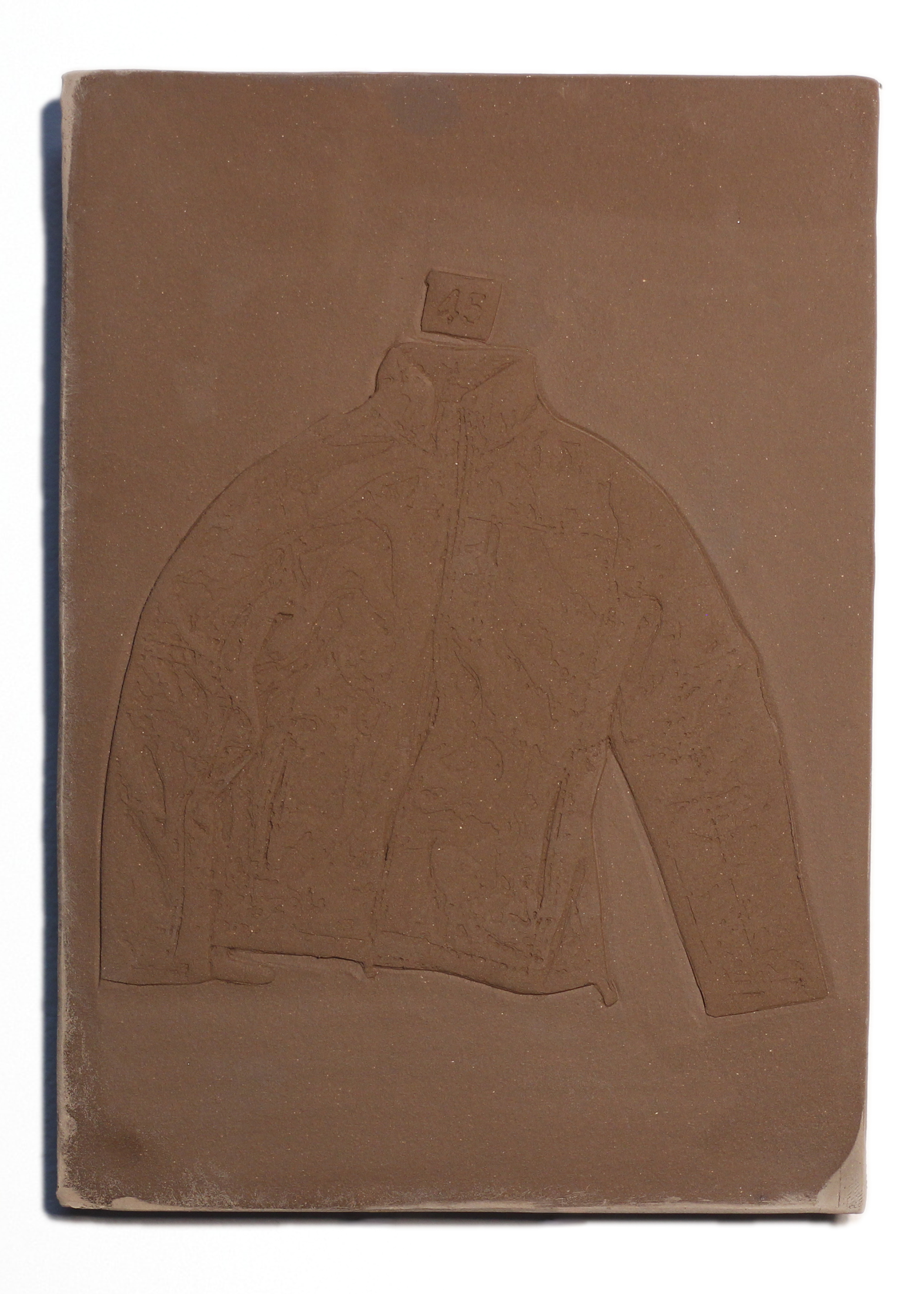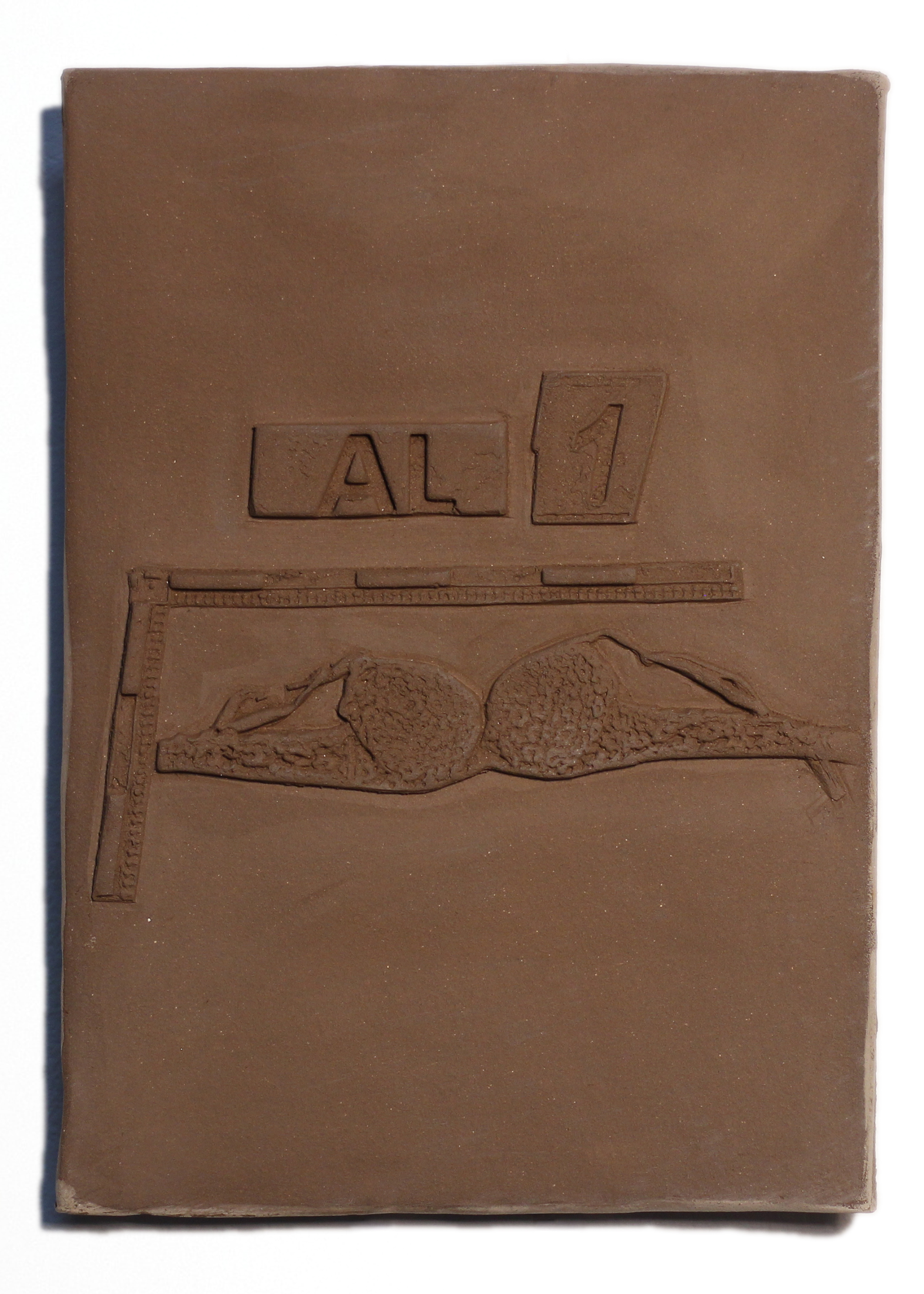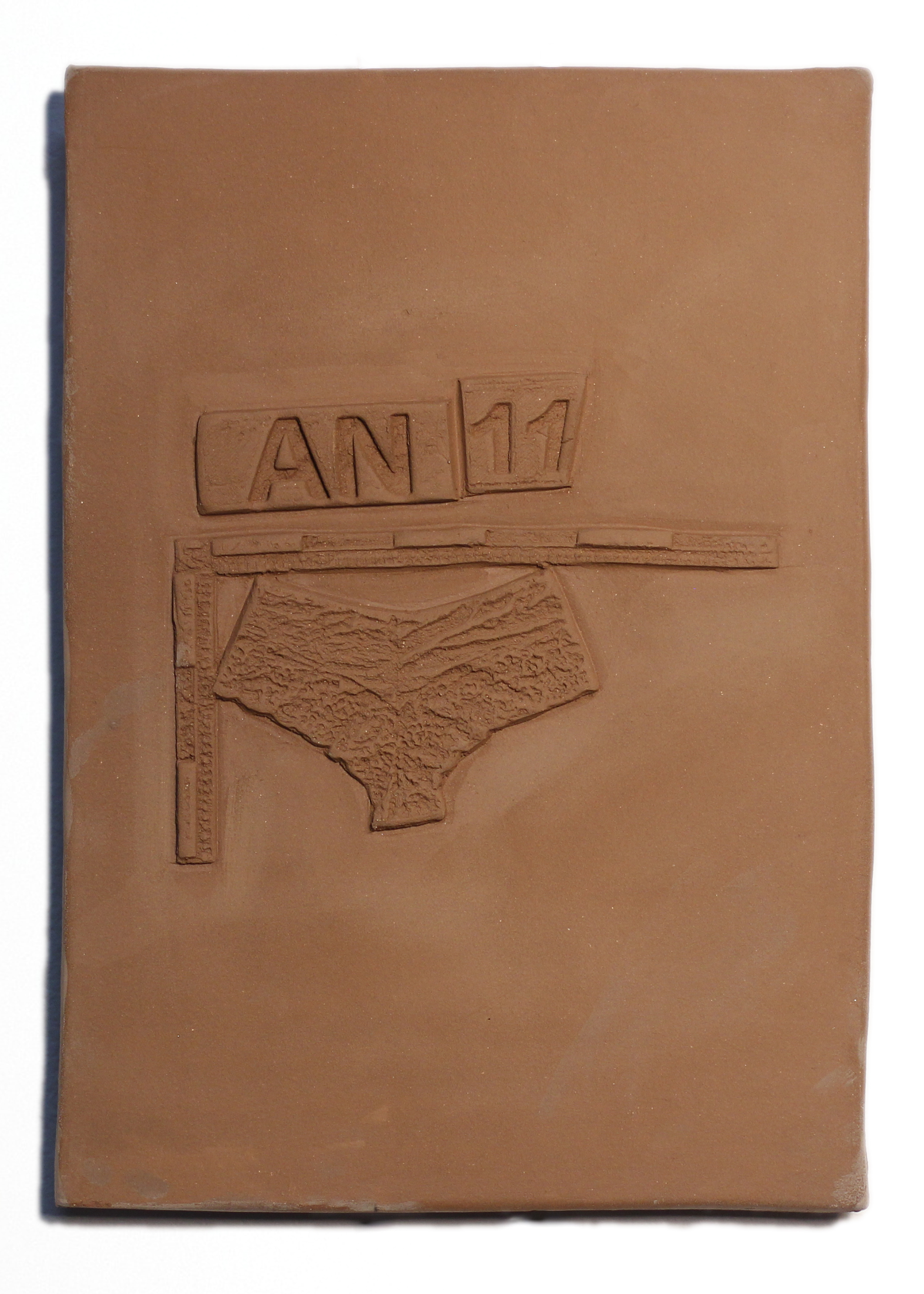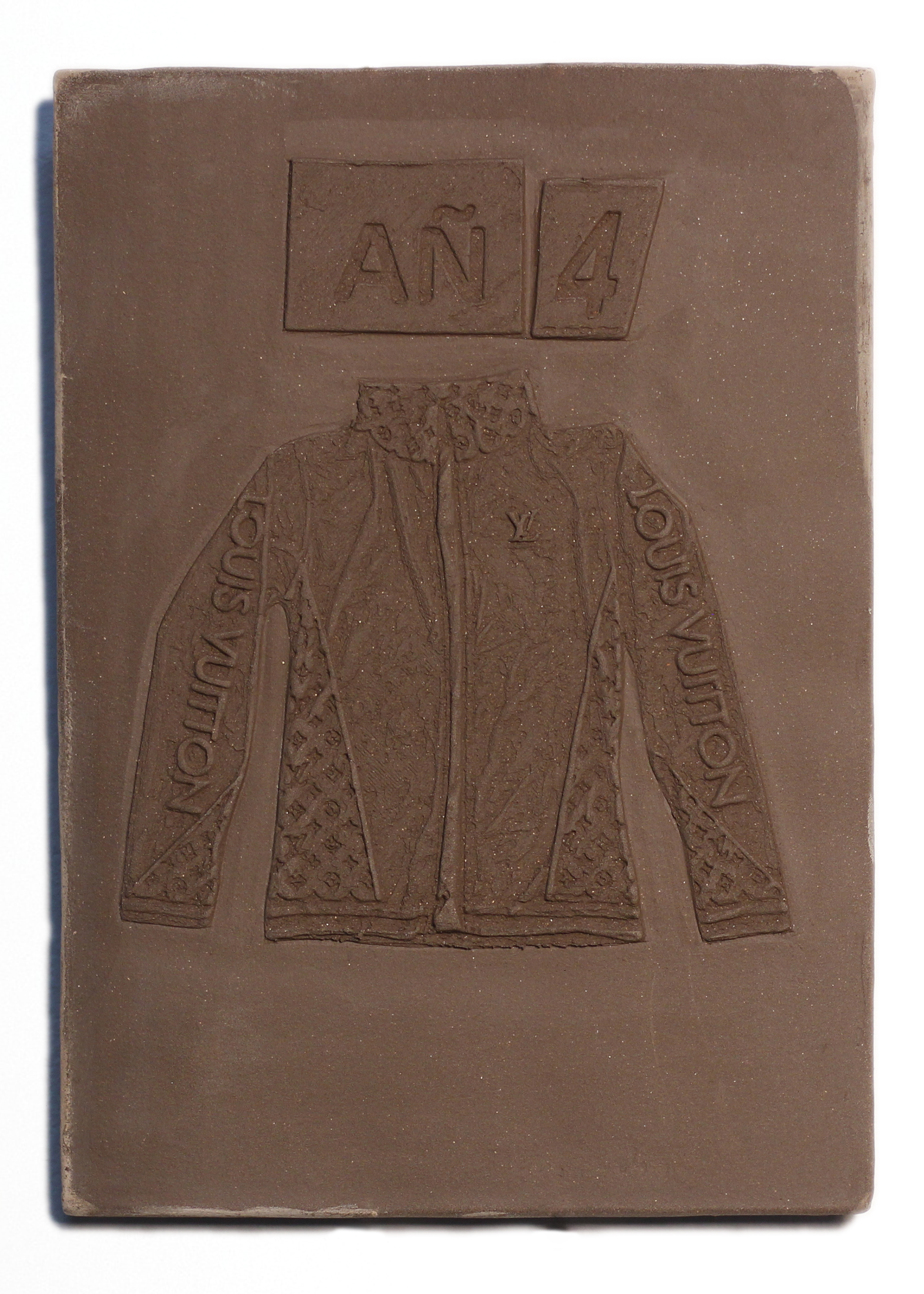RANCHO IZAGUIRRE 2025
In September 2024, authorities in Teuchitlán, Jalisco—about an hour from Guadalajara—secured a property known as Rancho Izaguirre. Months later, in March 2025, a group of volunteer searchers entered the site and found something devastating: human remains, hundreds of personal belongings, and three ovens that, according to their observations, had been used to burn bodies and possessions.
The discovery shocked the region and exposed deep contradictions in how Mexico handles mass disappearances. While independent forensic experts and journalists reported layers of ash, fuel residues, and burned bone fragments, the federal prosecutor later stated that there was no conclusive proof that the site functioned as a cremation facility. These conflicting reports reflect the wider crisis of truth and recognition in the country—where even the material evidence of violence becomes contested.
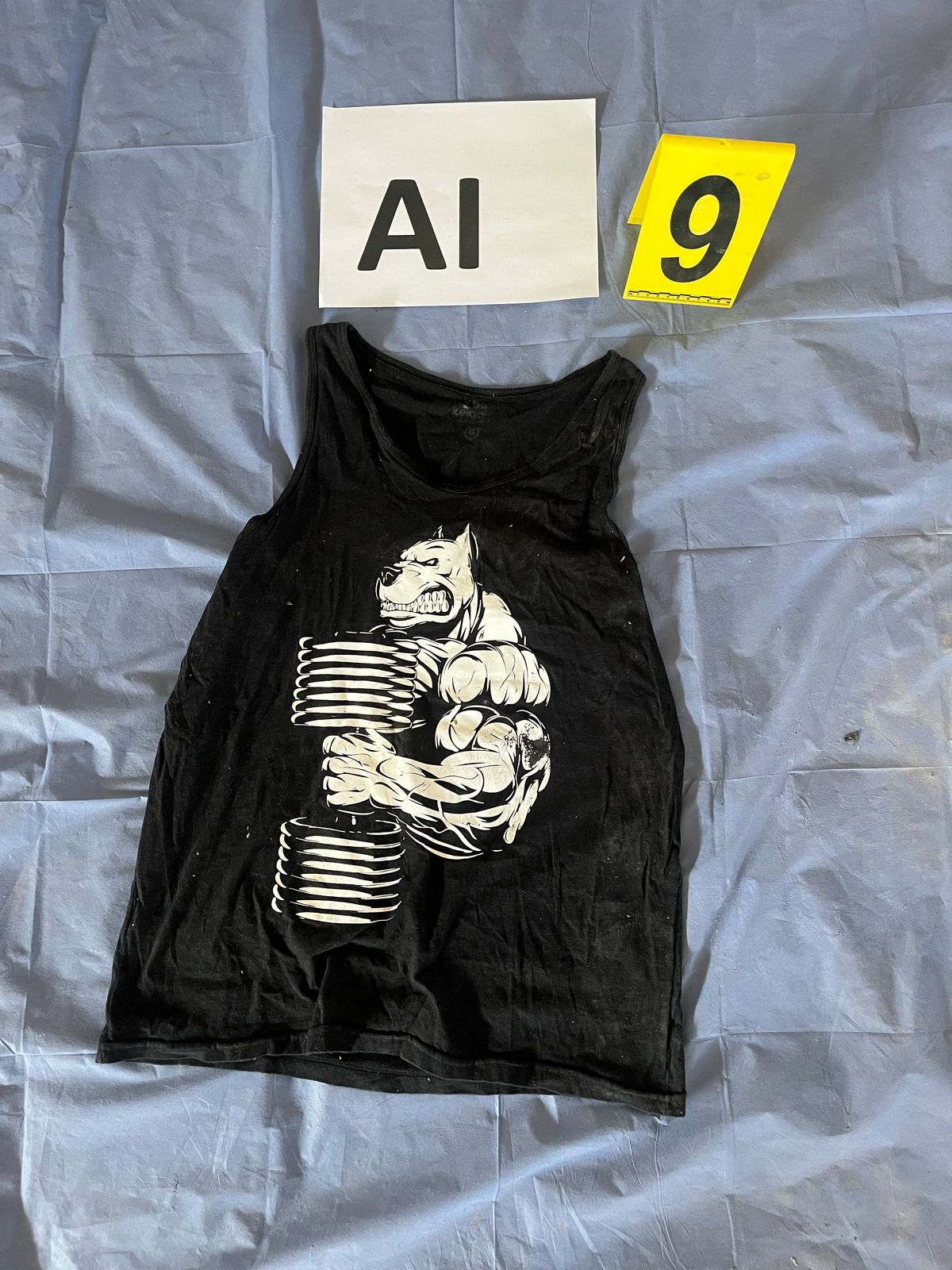
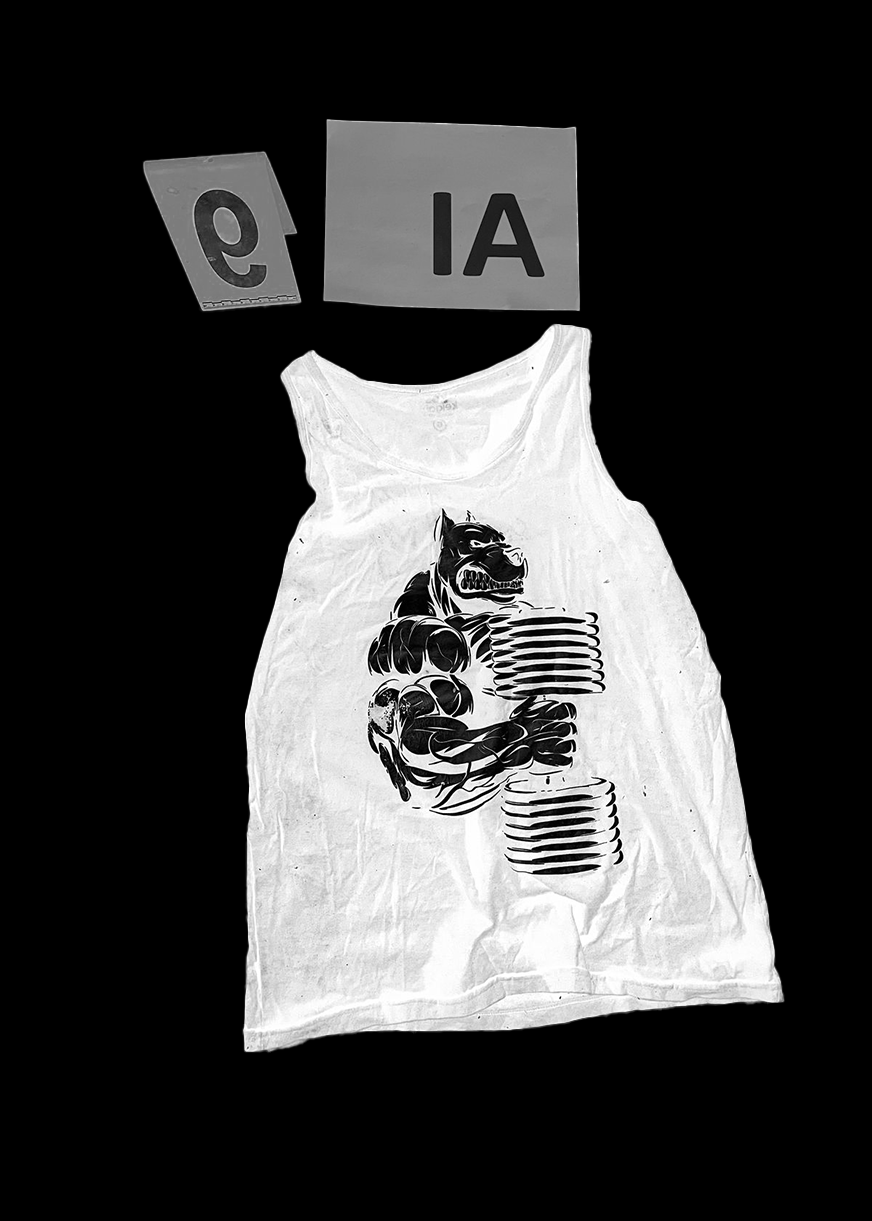
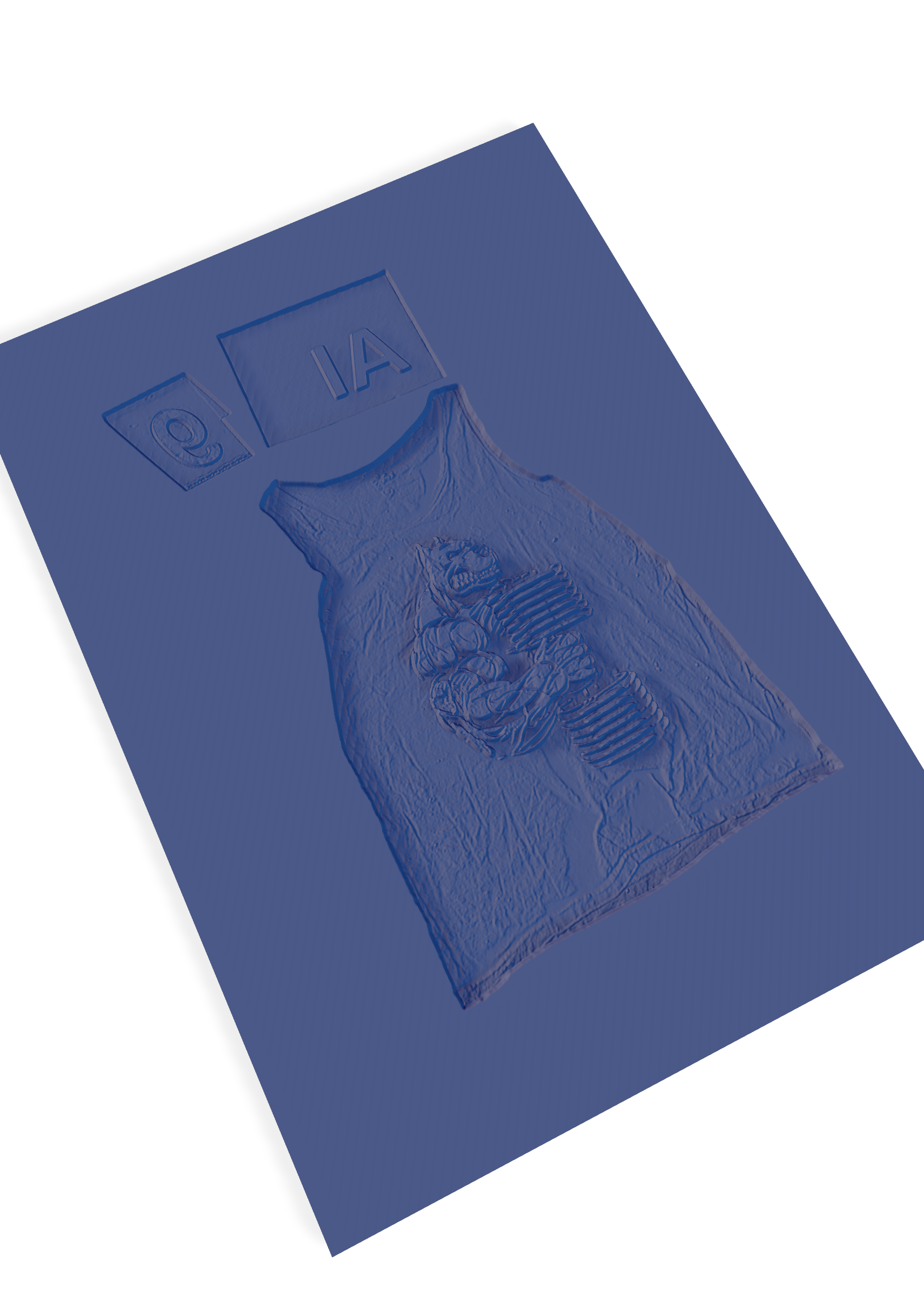
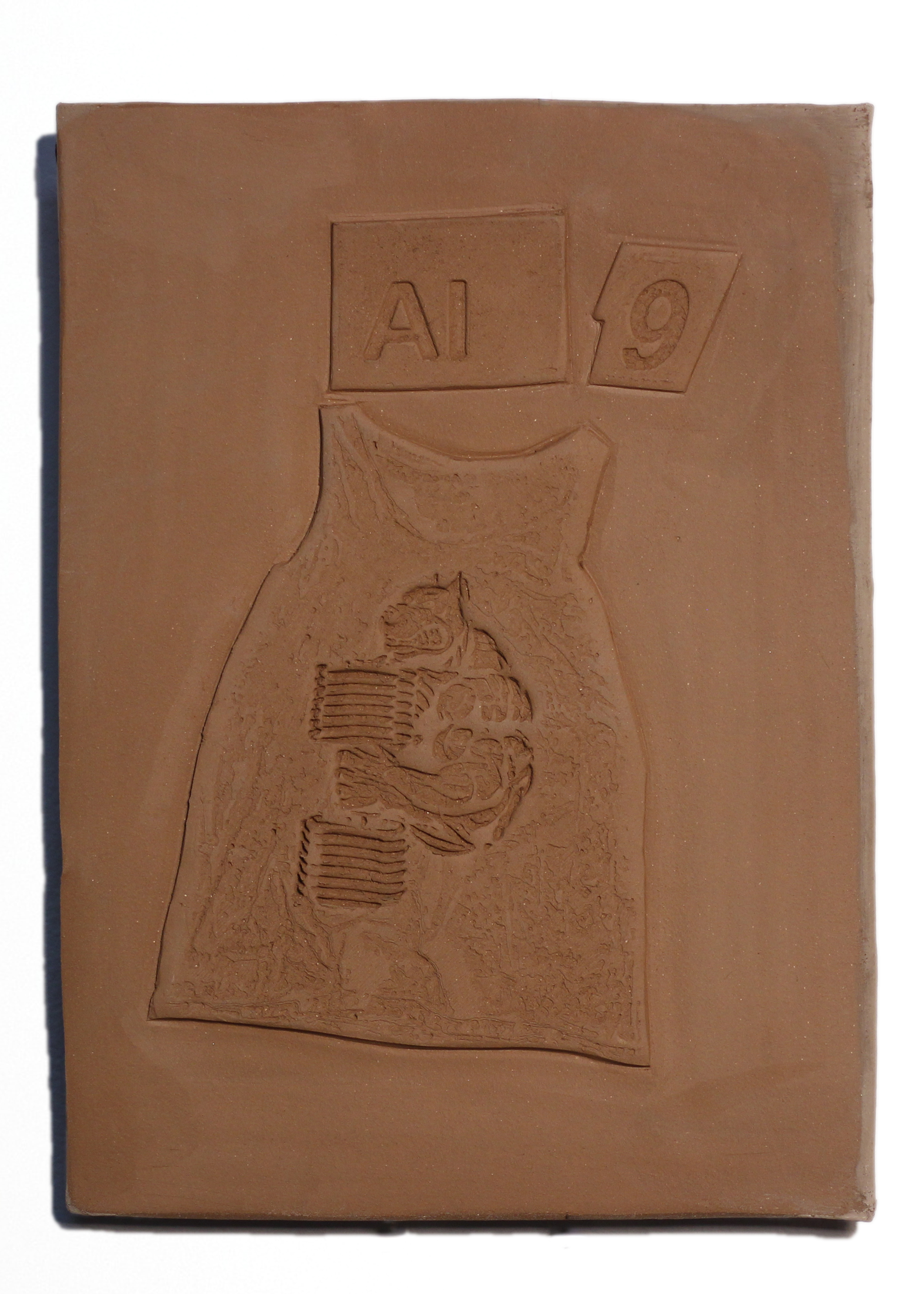
Since then, the Jalisco Prosecutor’s Office has published an online catalog featuring 1,617 objects recovered from the property: clothes, shoes, belts, and backpacks that families can browse in the hope of recognizing something. Most of these items are heartbreakingly ordinary—the kind of things any of us could own. Recognition becomes a cruel exercise: deciding whether a simple t-shirt, a pair of jeans, or a school backpack might have belonged to your loved one.
For this work, I created one ceramic piece for each “group” of objects in the catalog. The forensic teams organized the evidence alphabetically—A to Z, then AA, AB, AC, and so on—because there were too many to fit into a single series. The clay is shaped, marked, and then fired in a kiln. For me, that process connects directly to the site’s ovens: the same fire that was meant to erase becomes a way to make something endure.
This installation transforms a cold digital inventory into a physical presence. It’s about facing the scale of violence while holding on to memory in a material, human way
